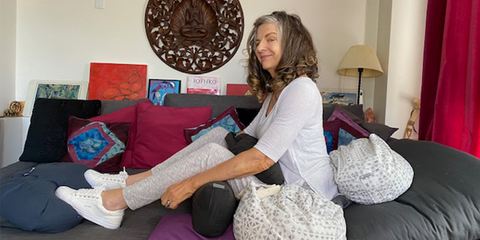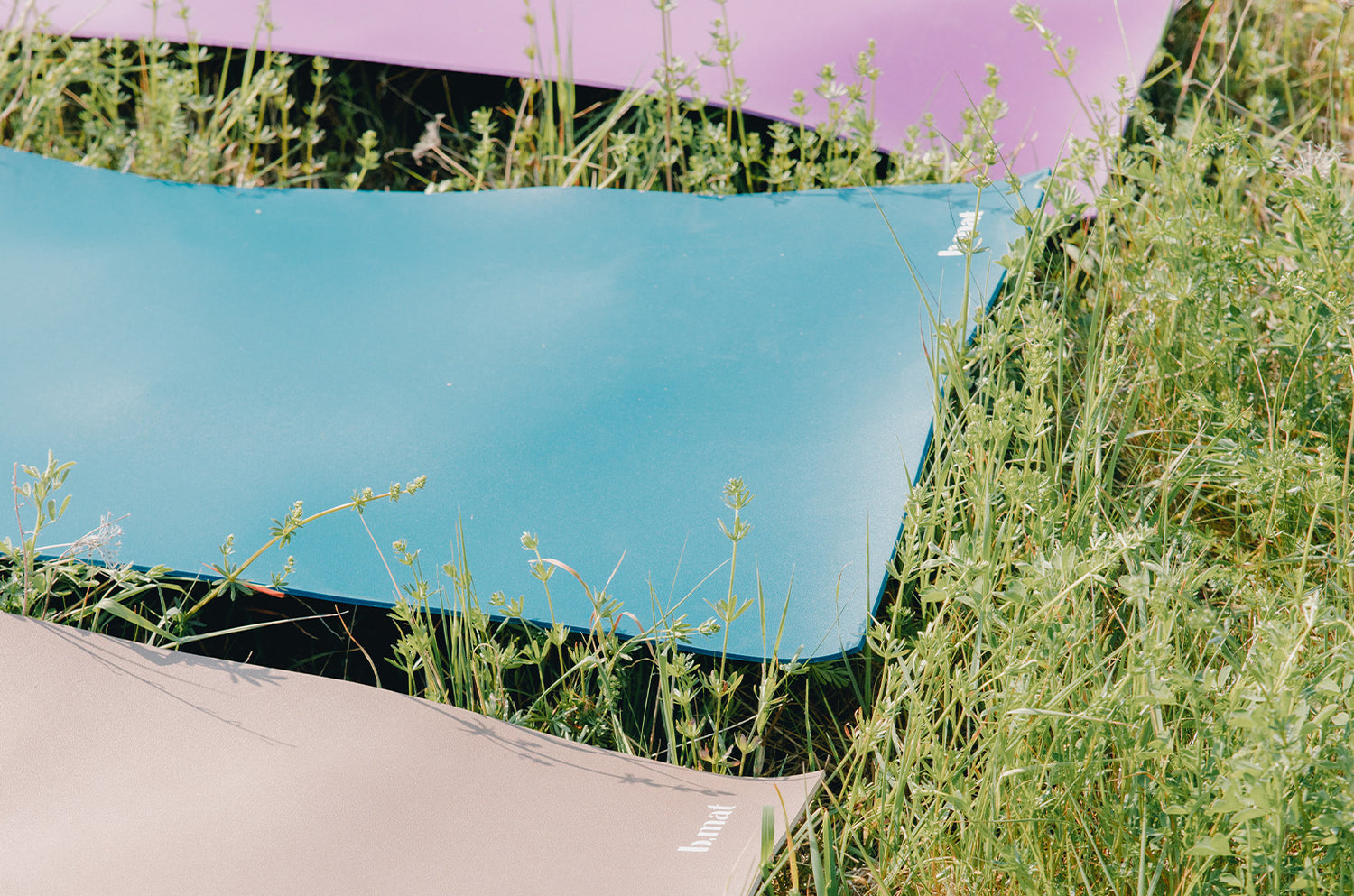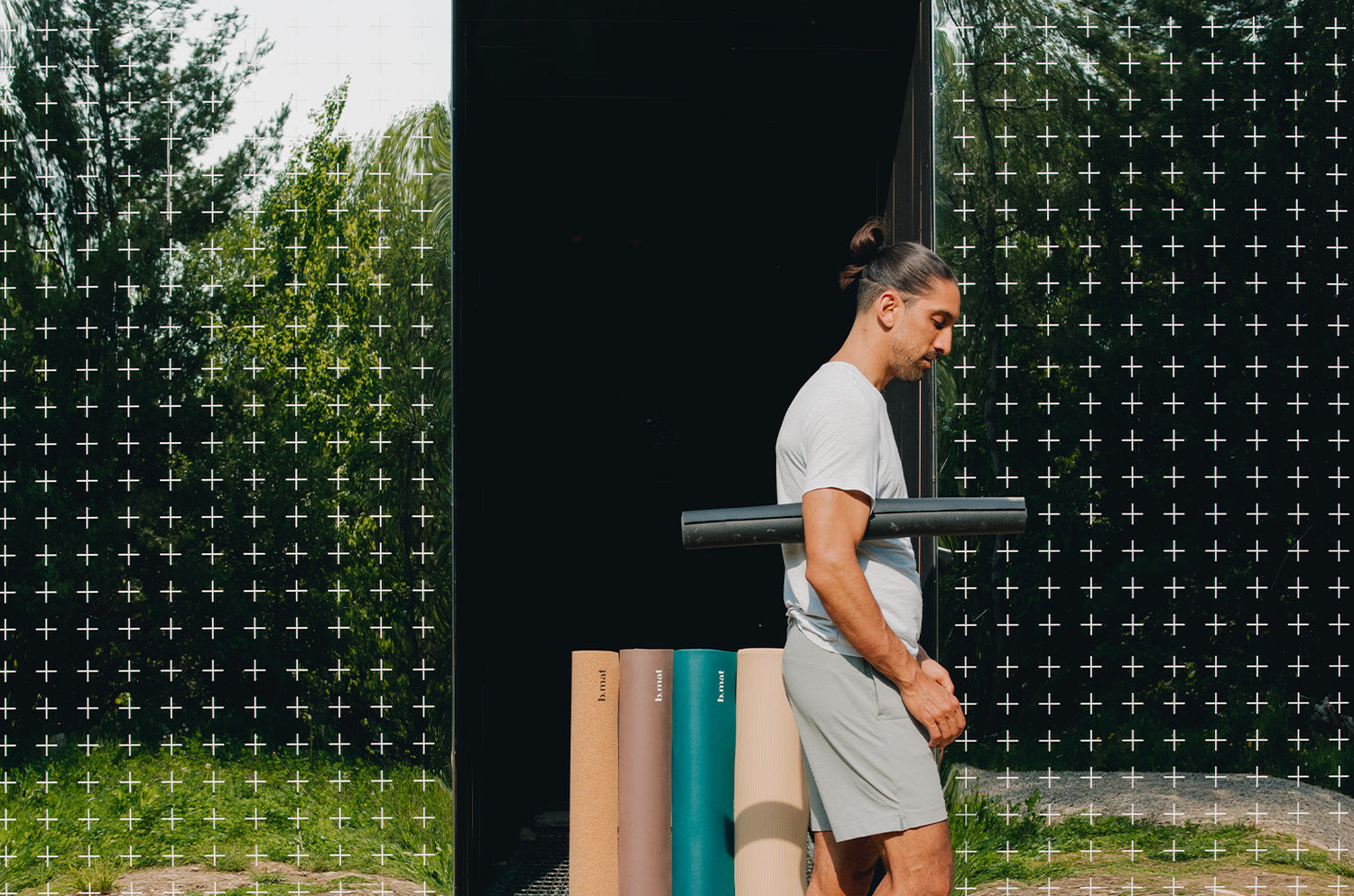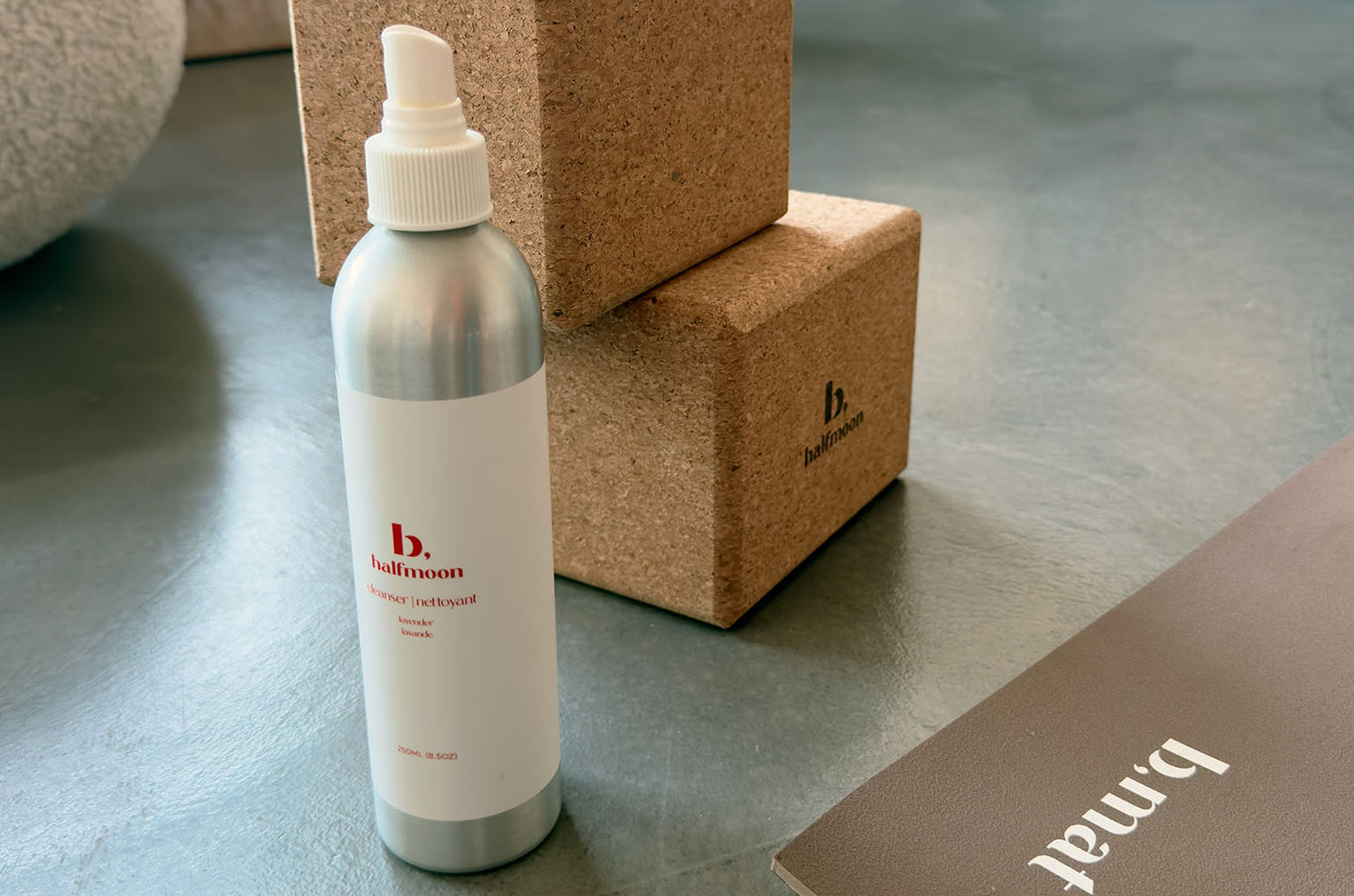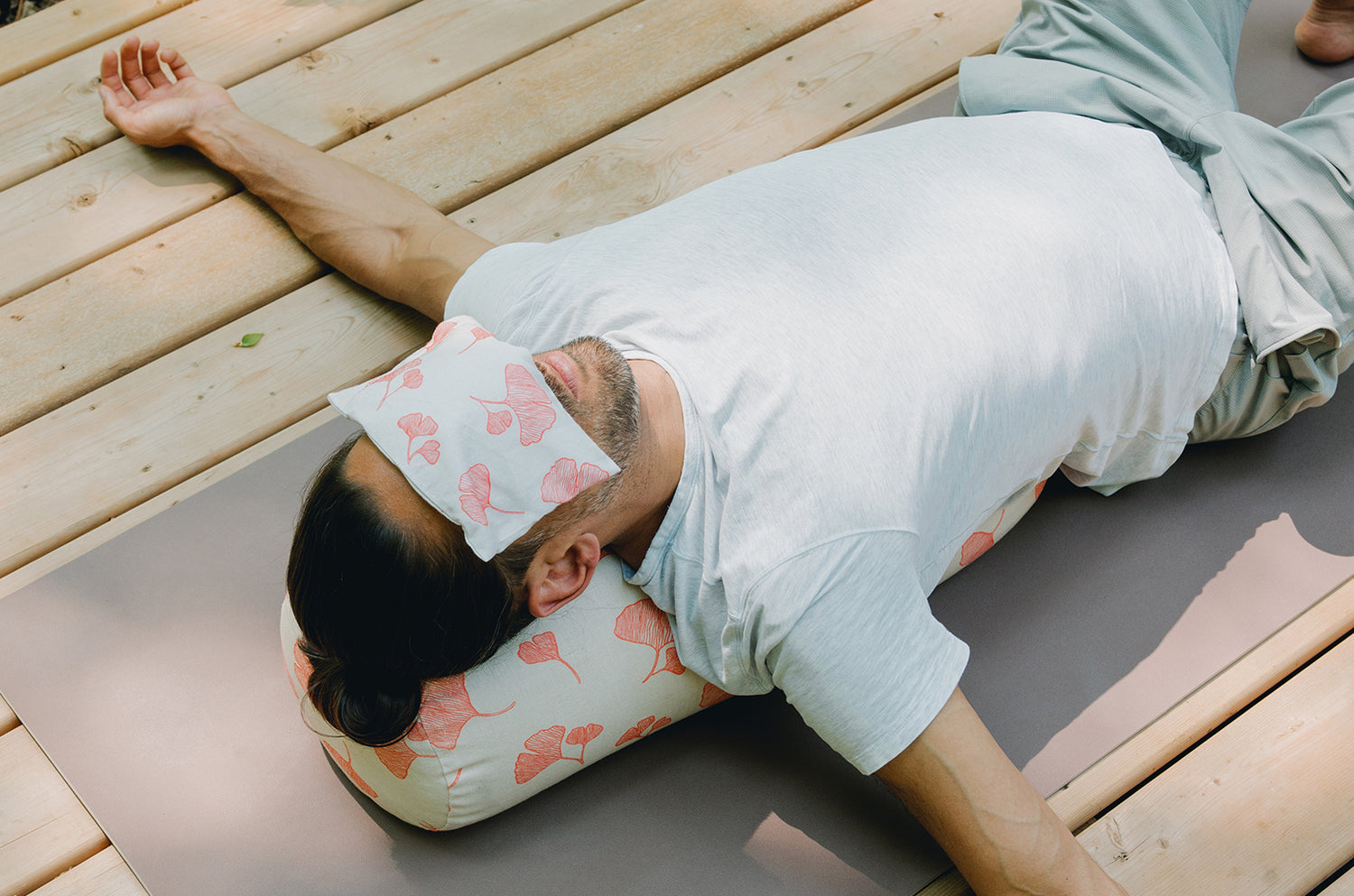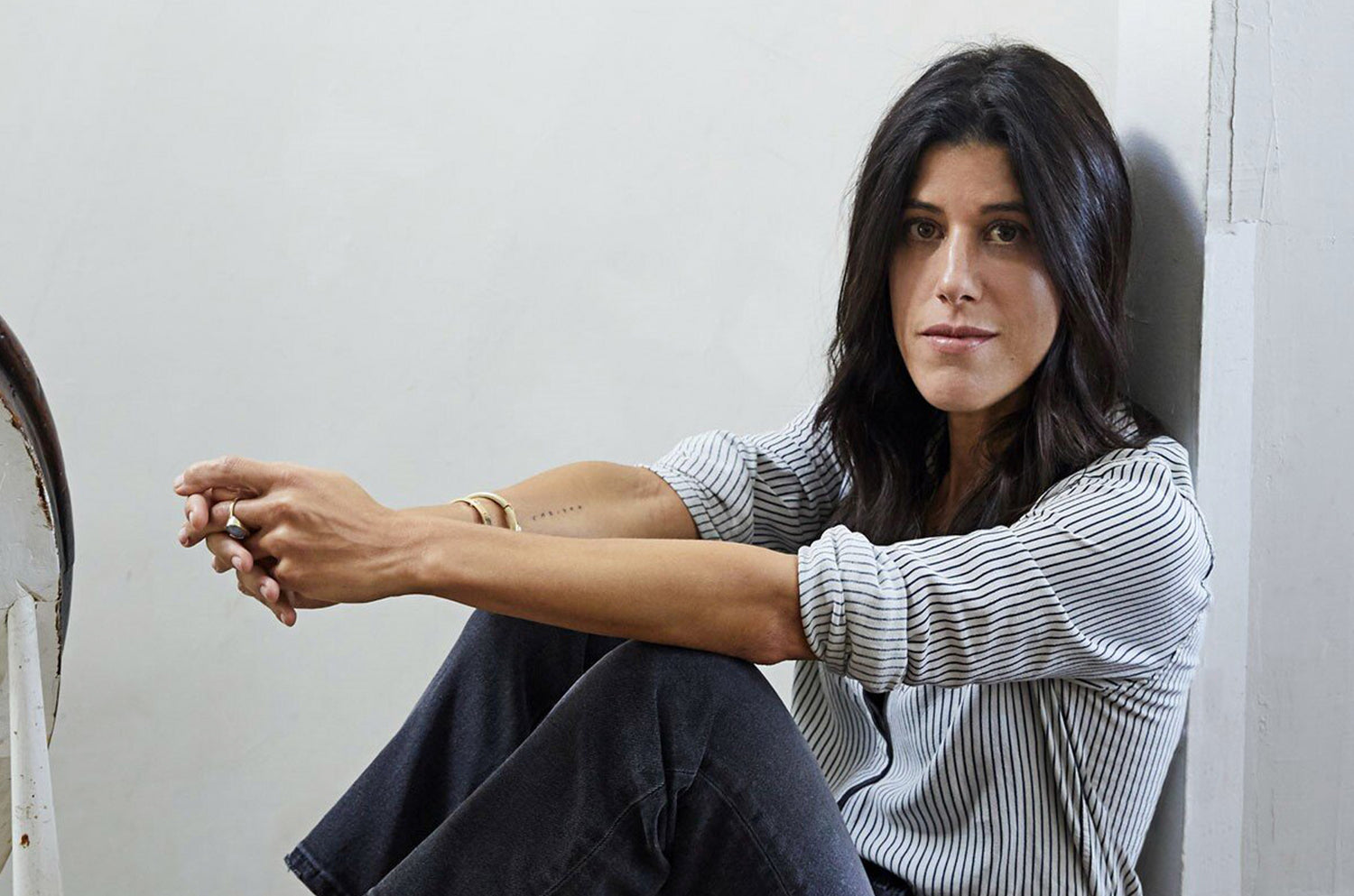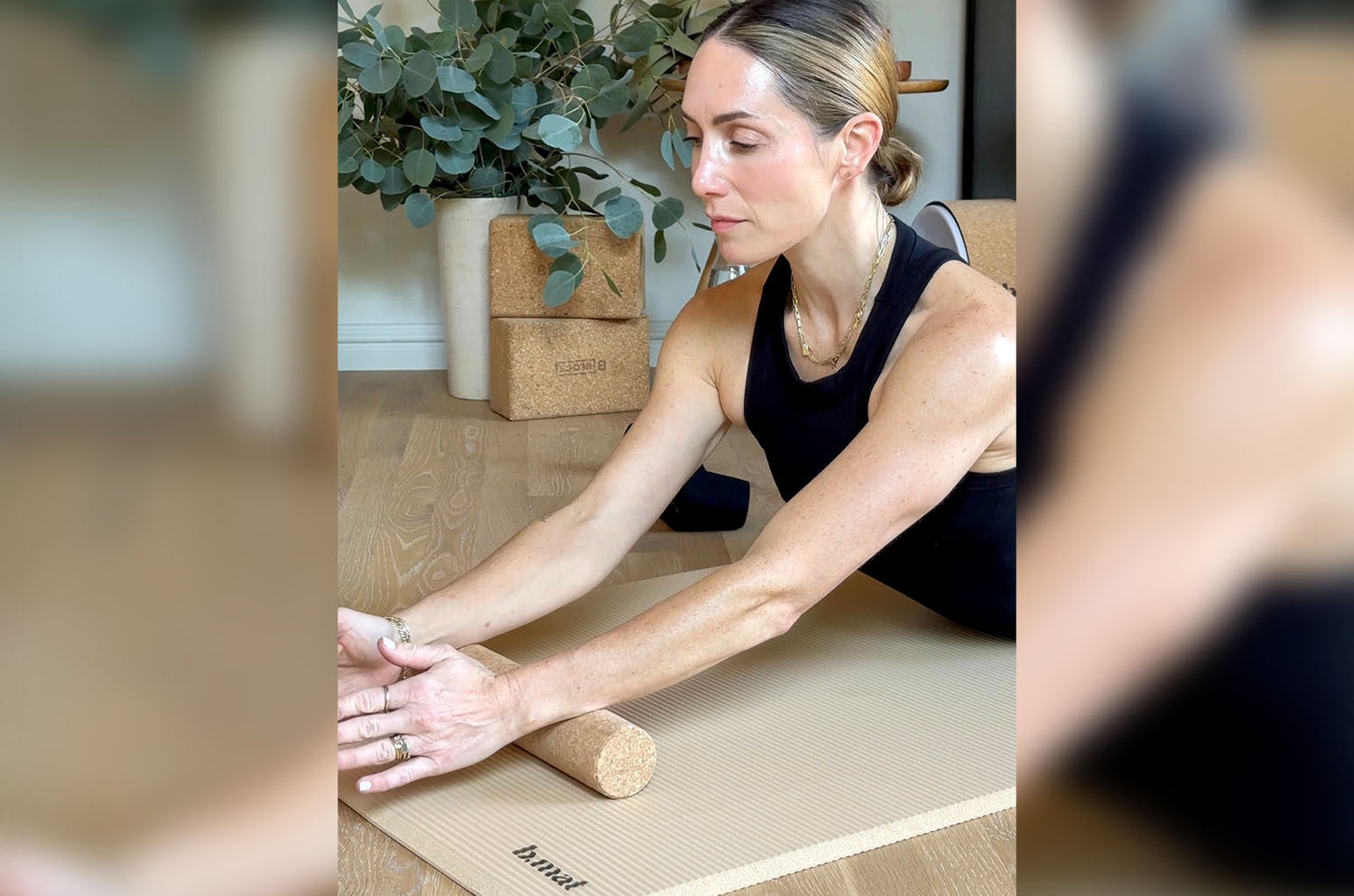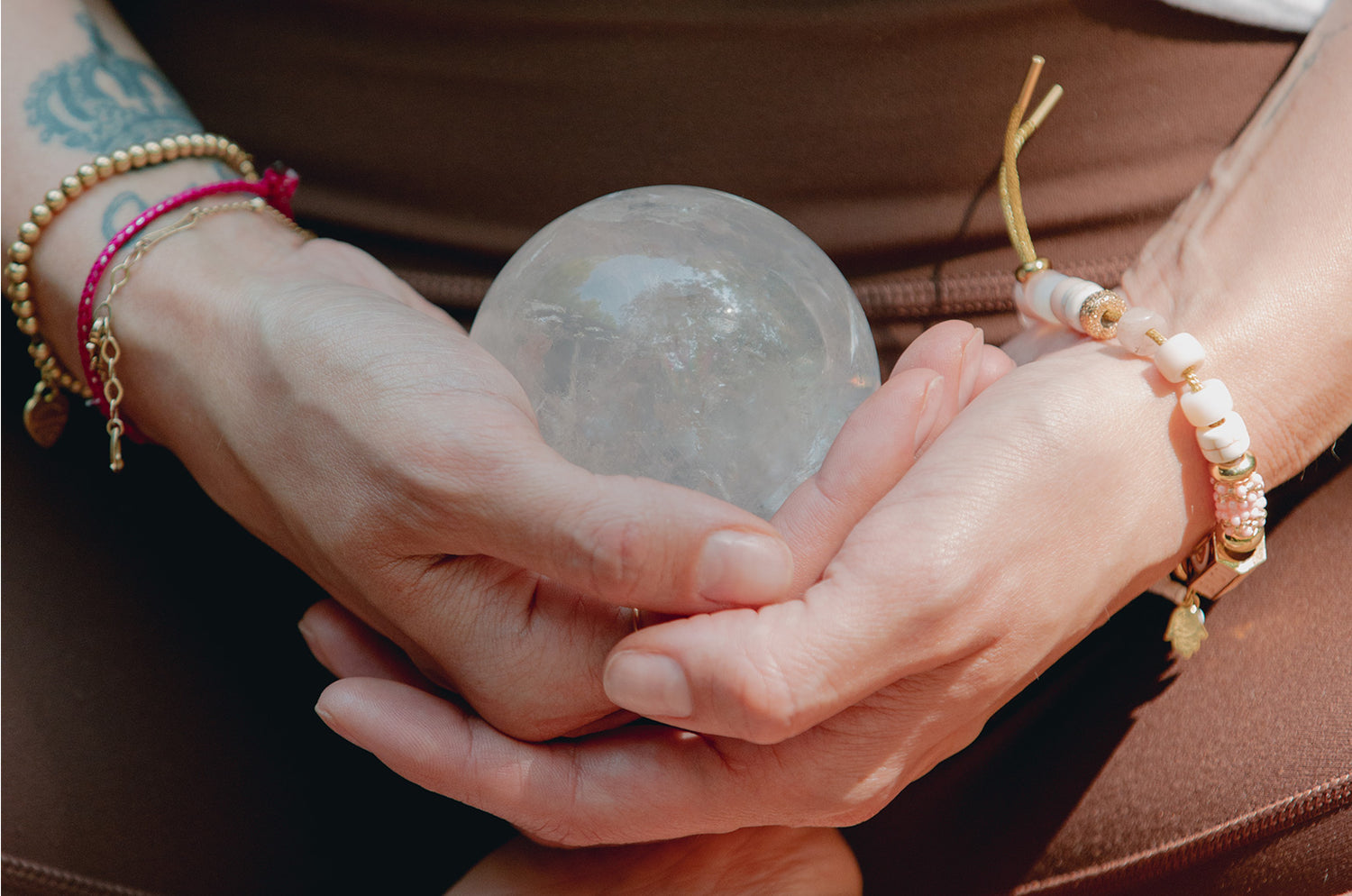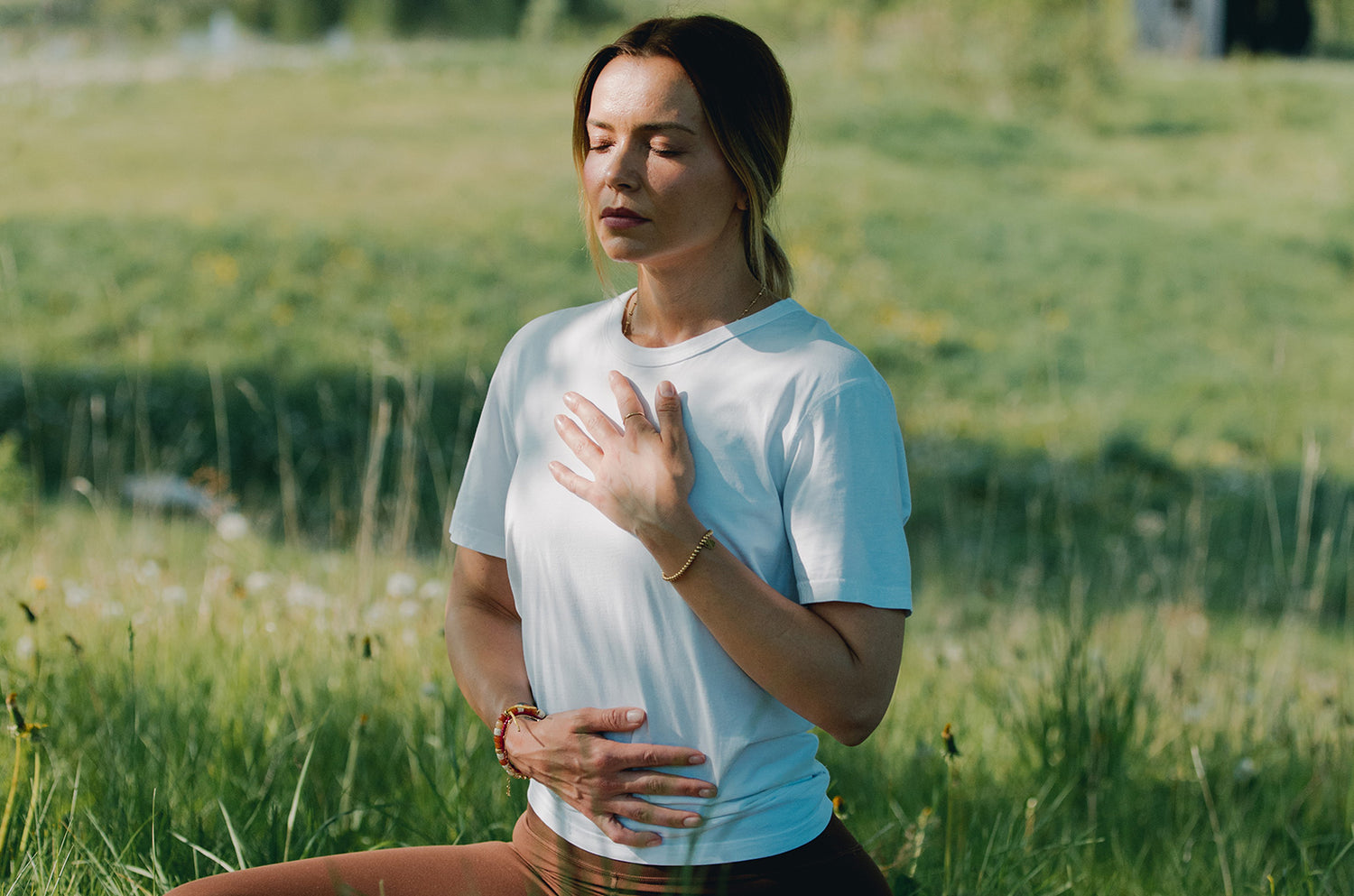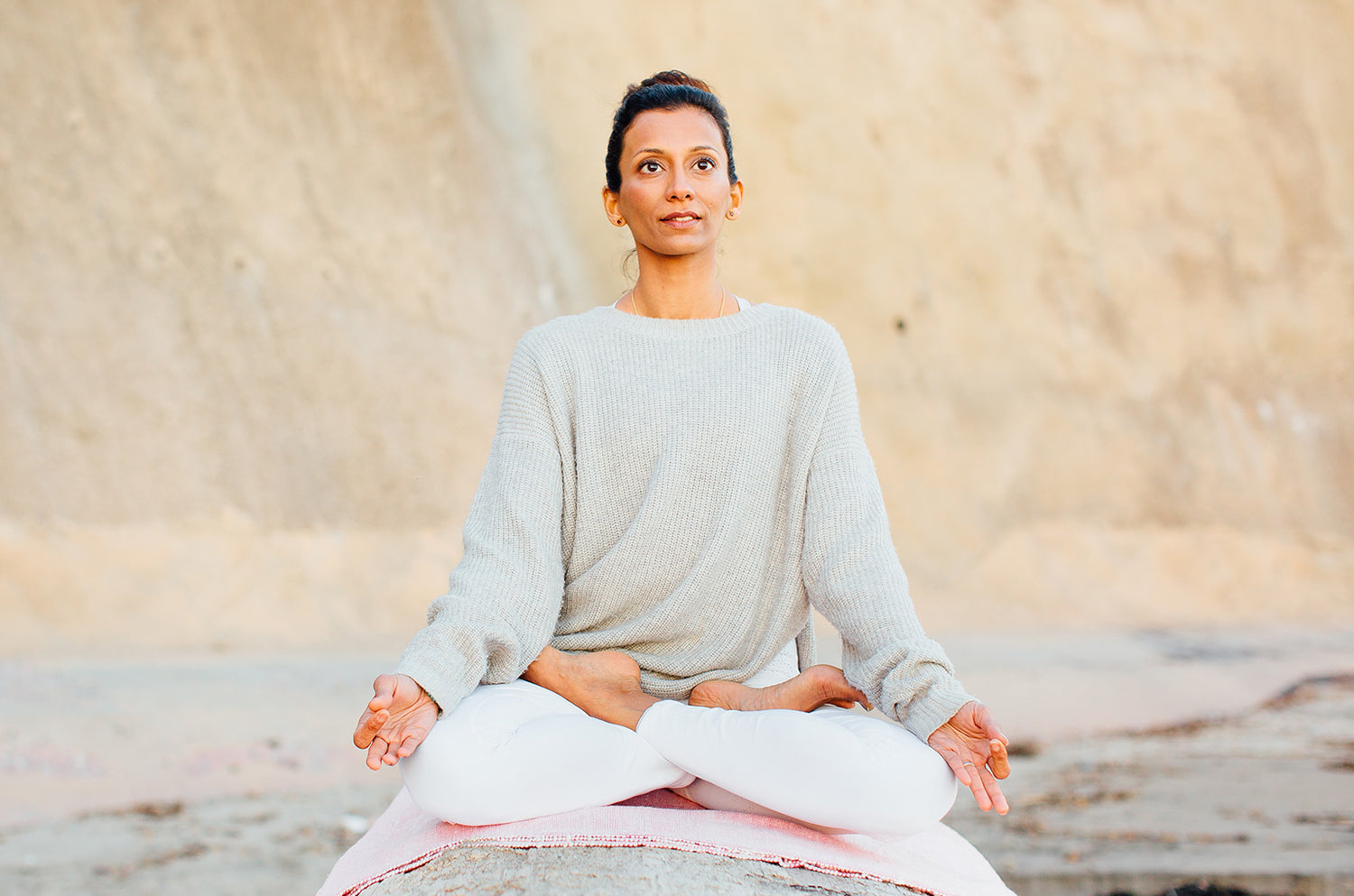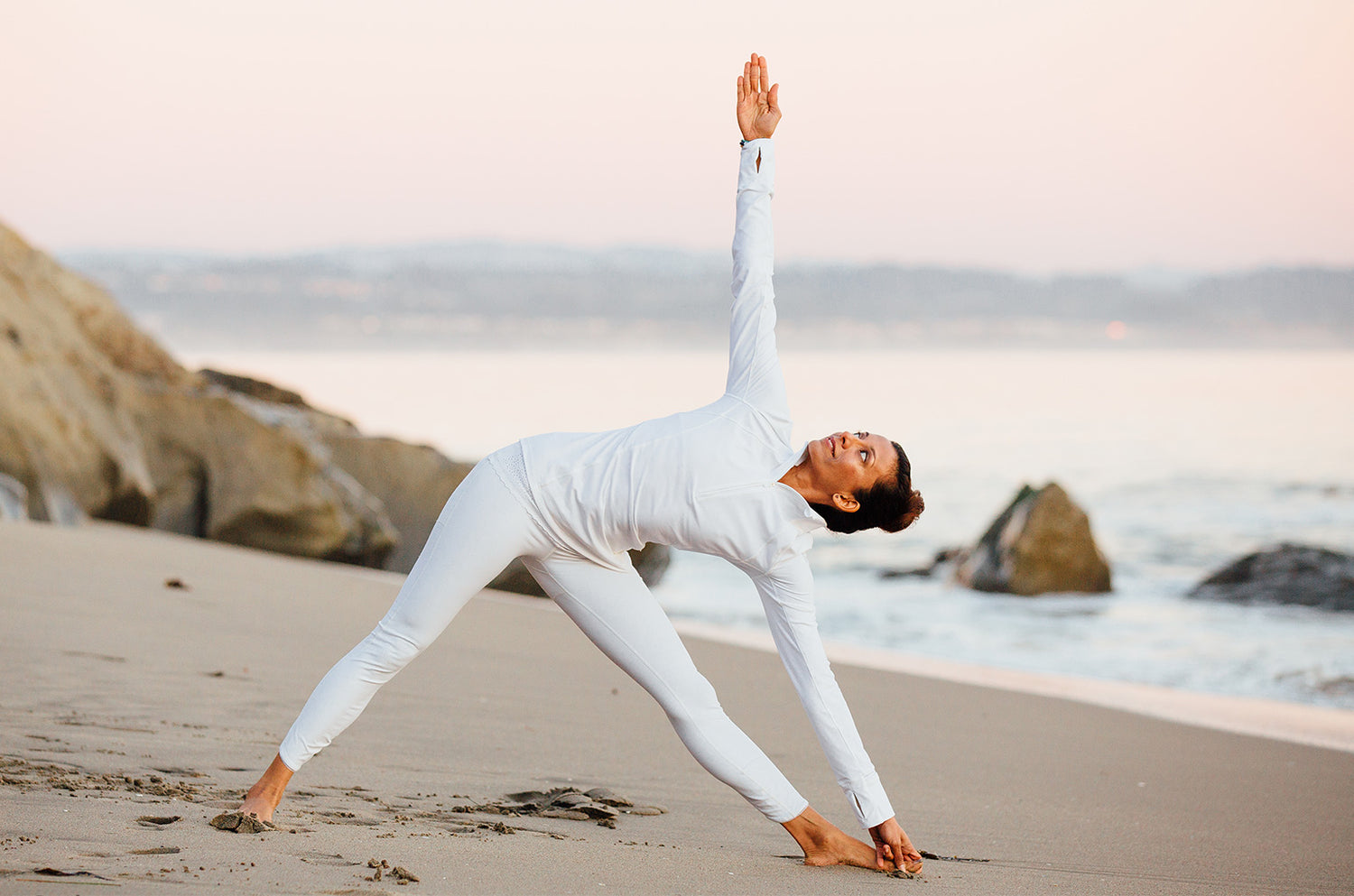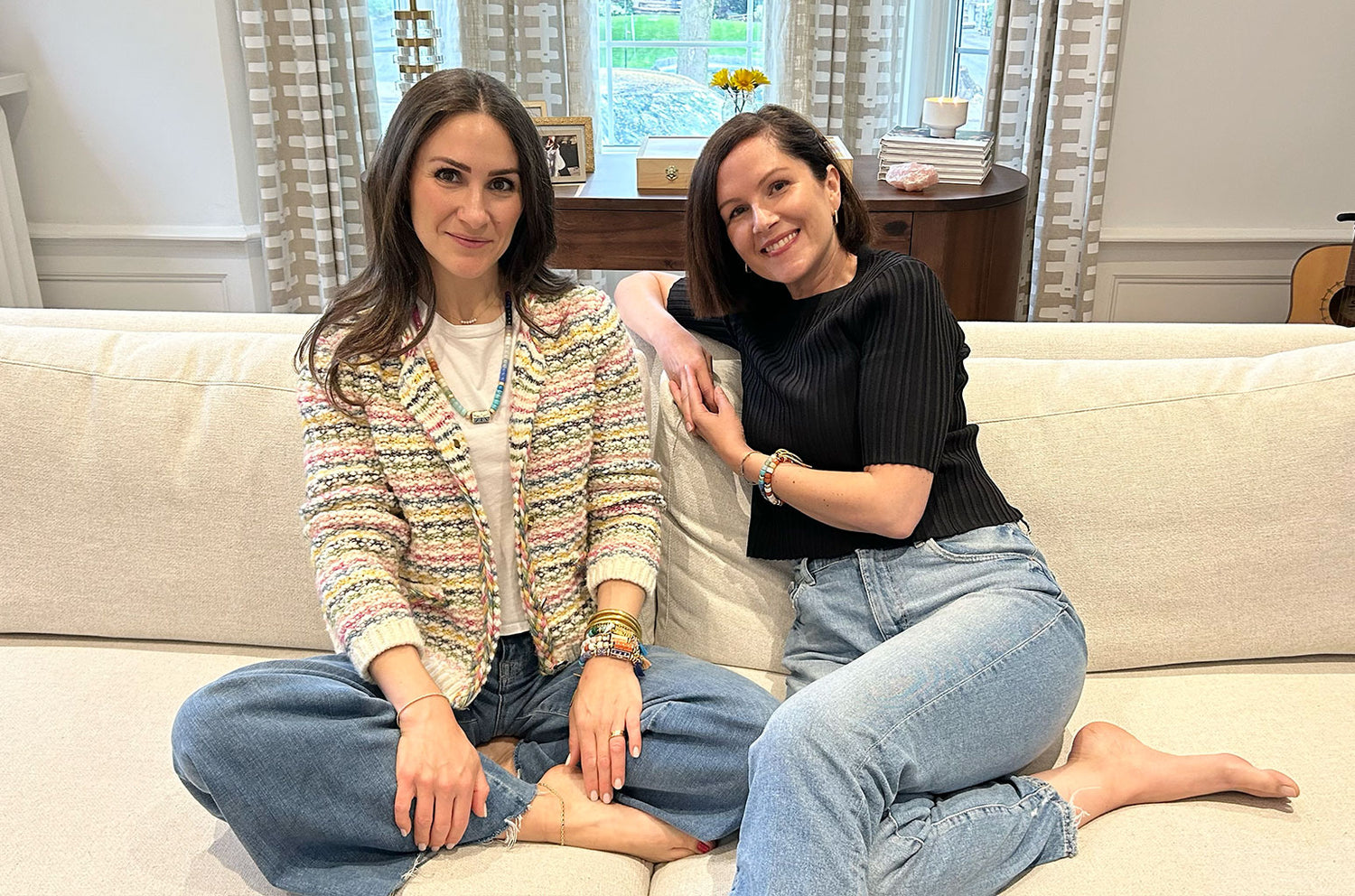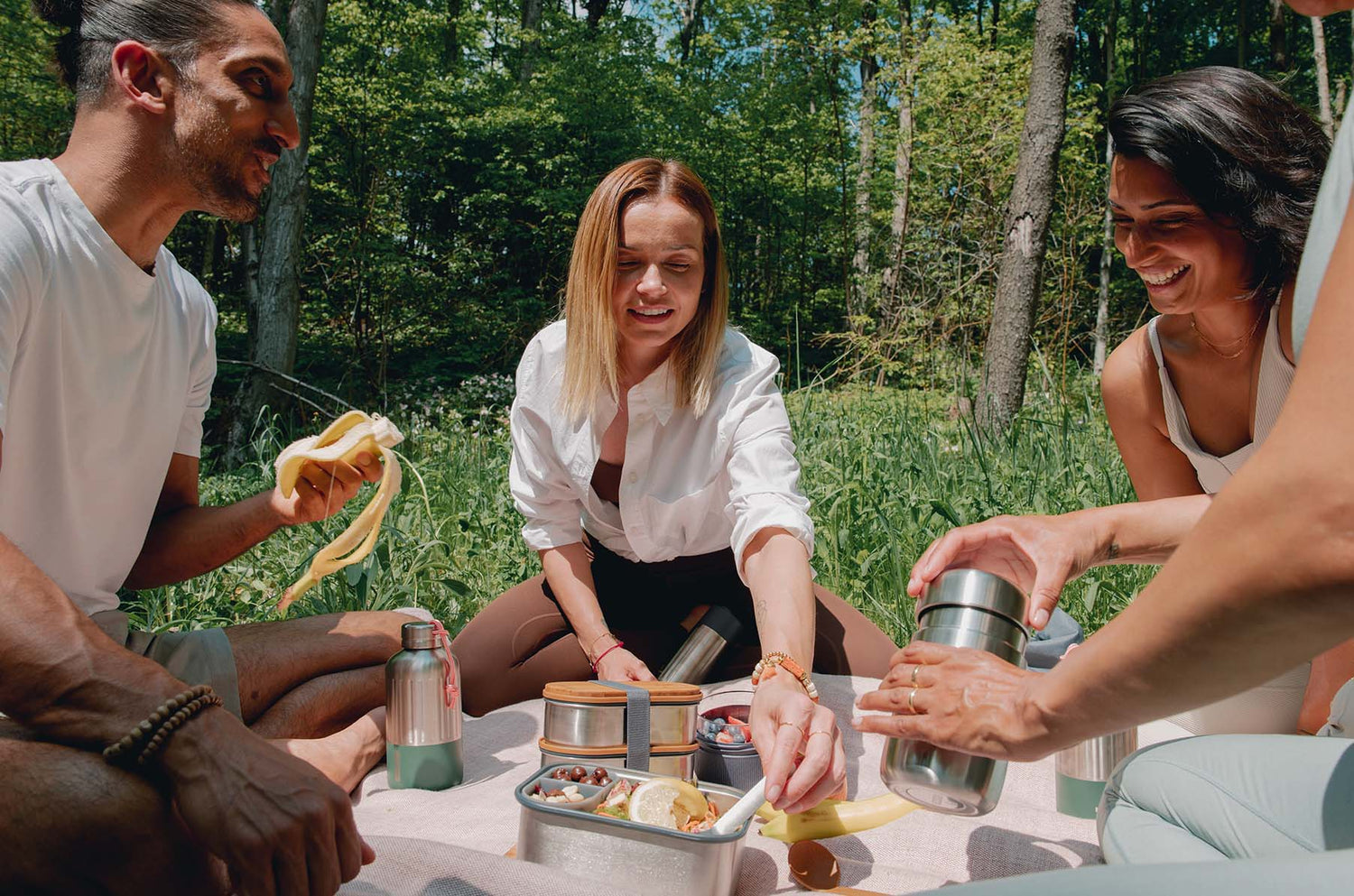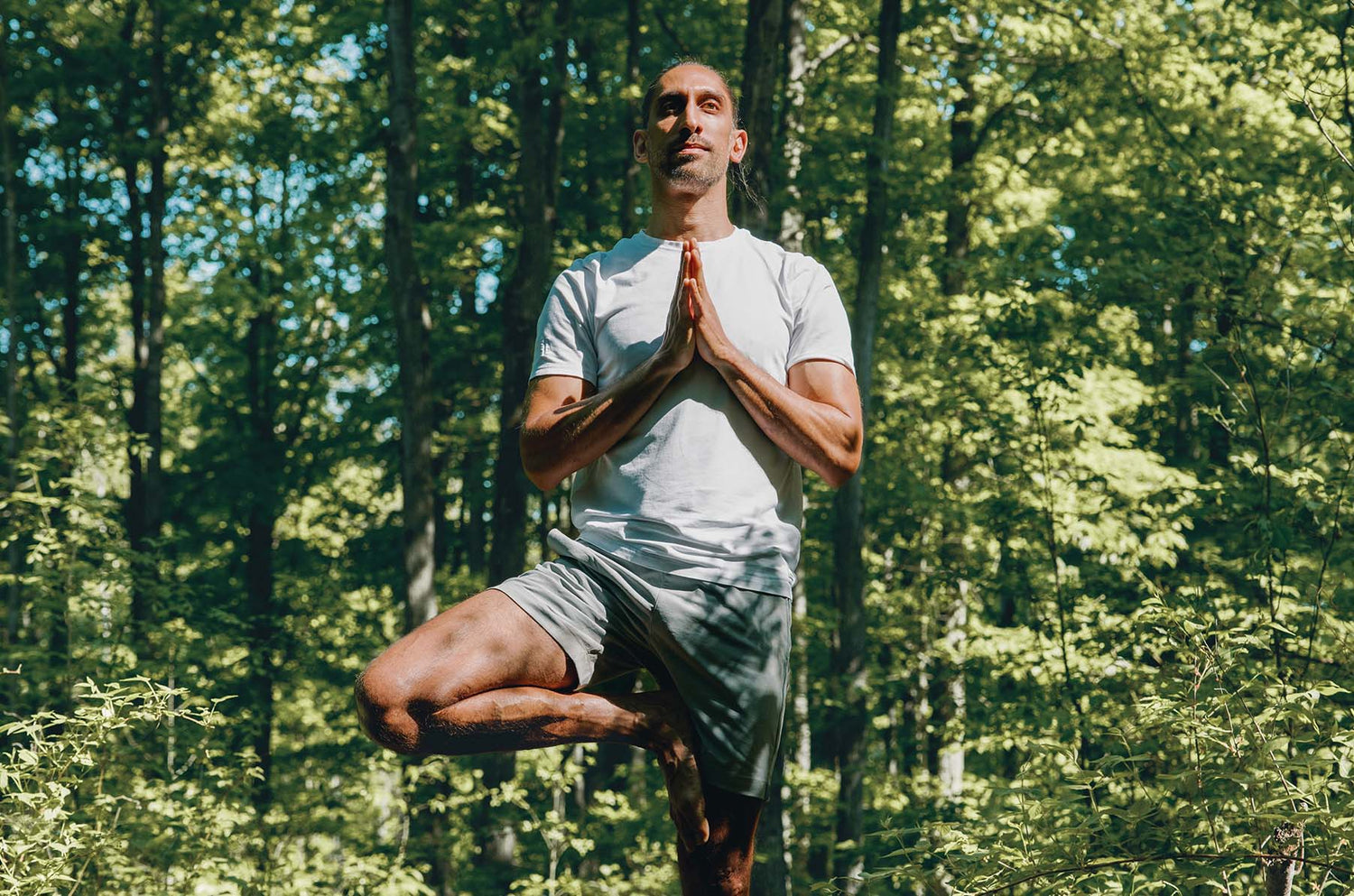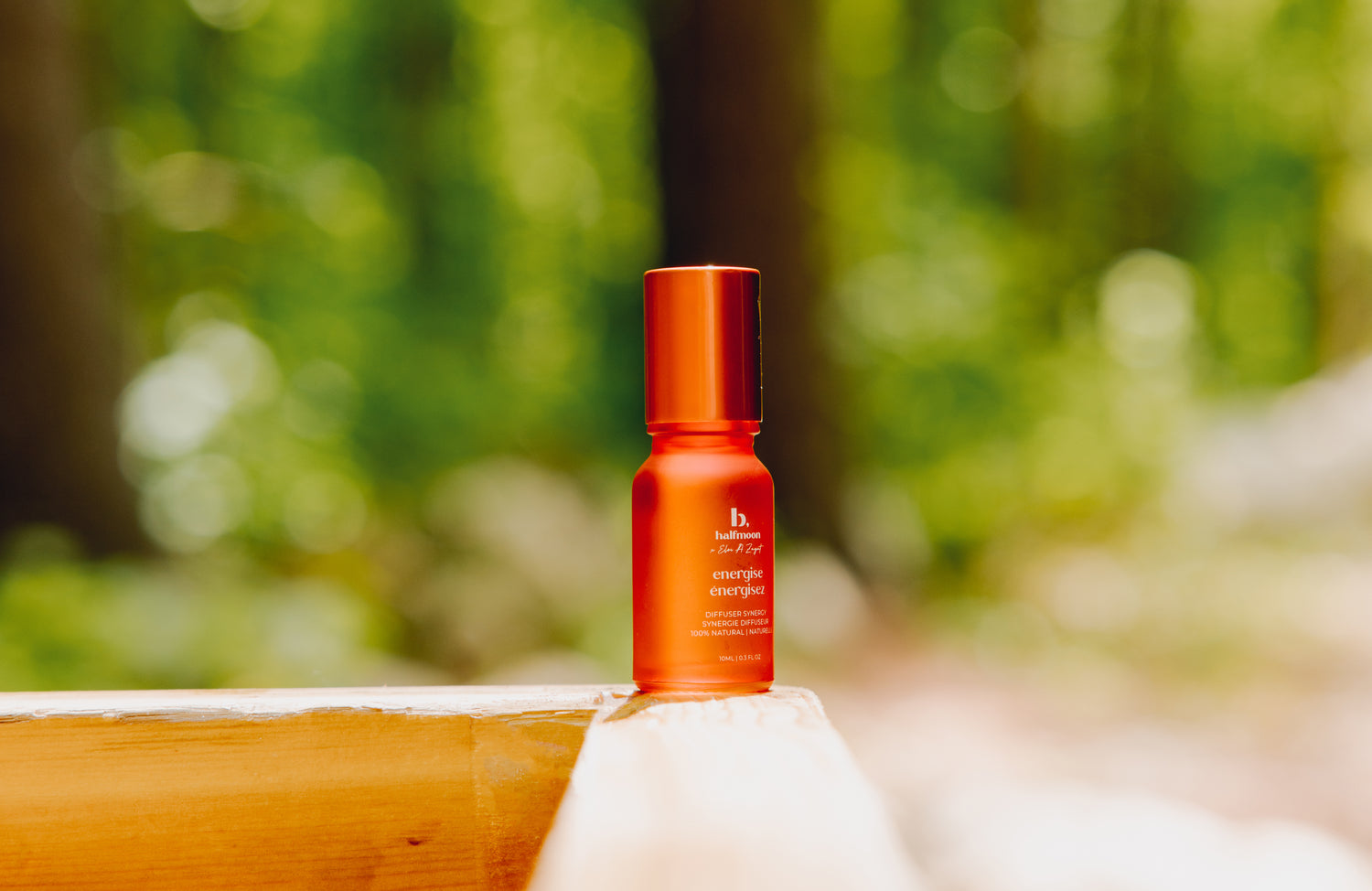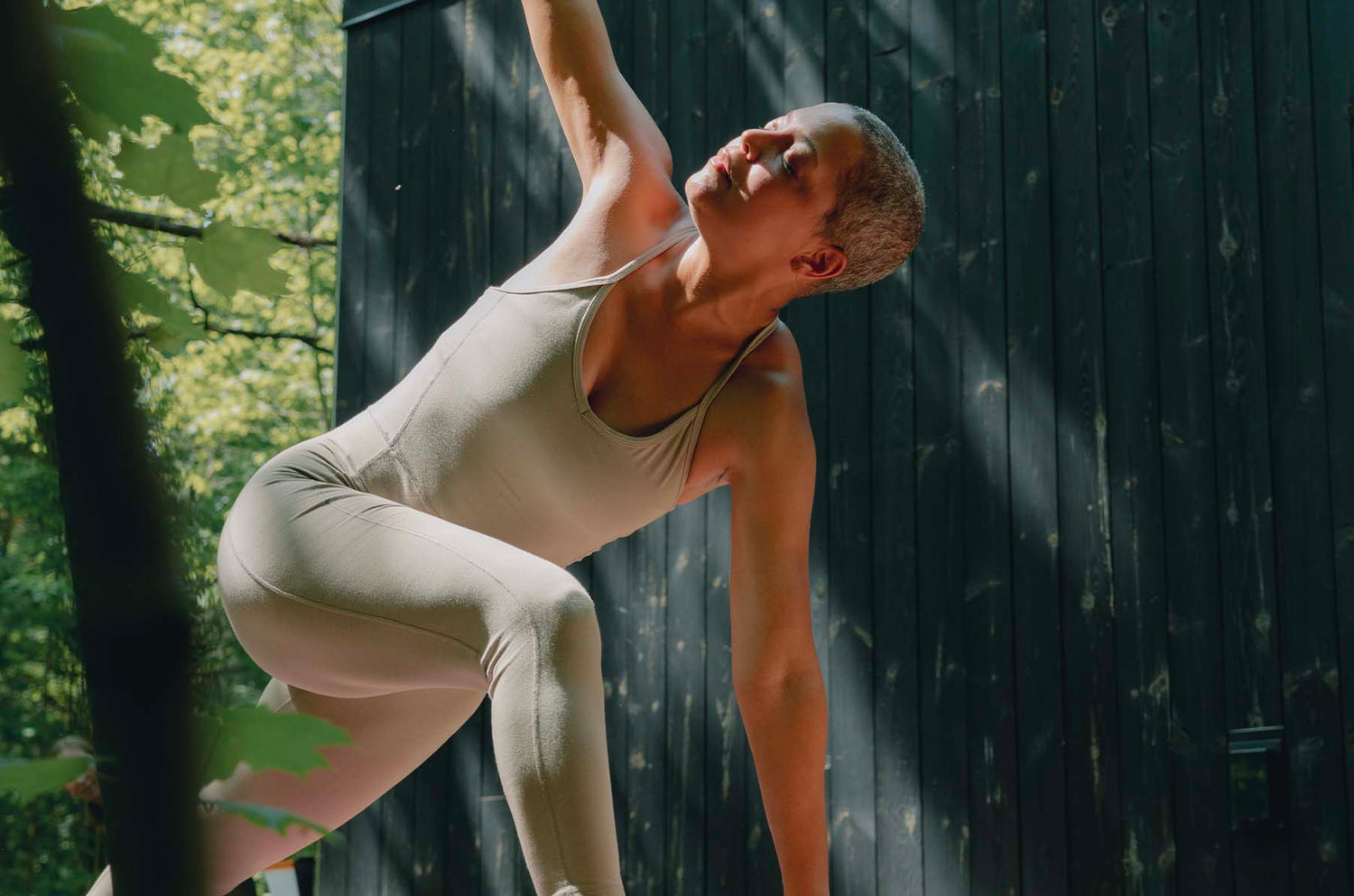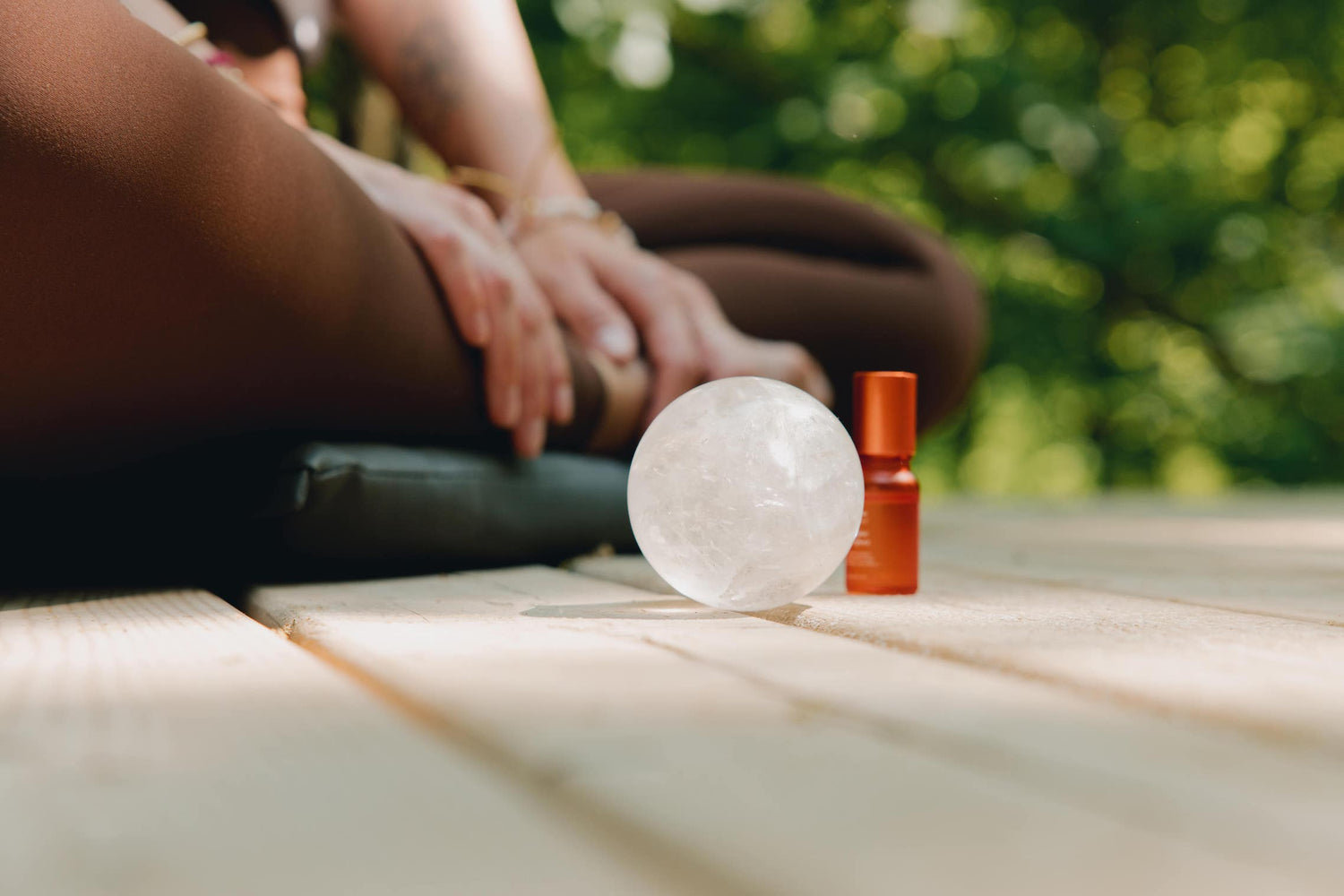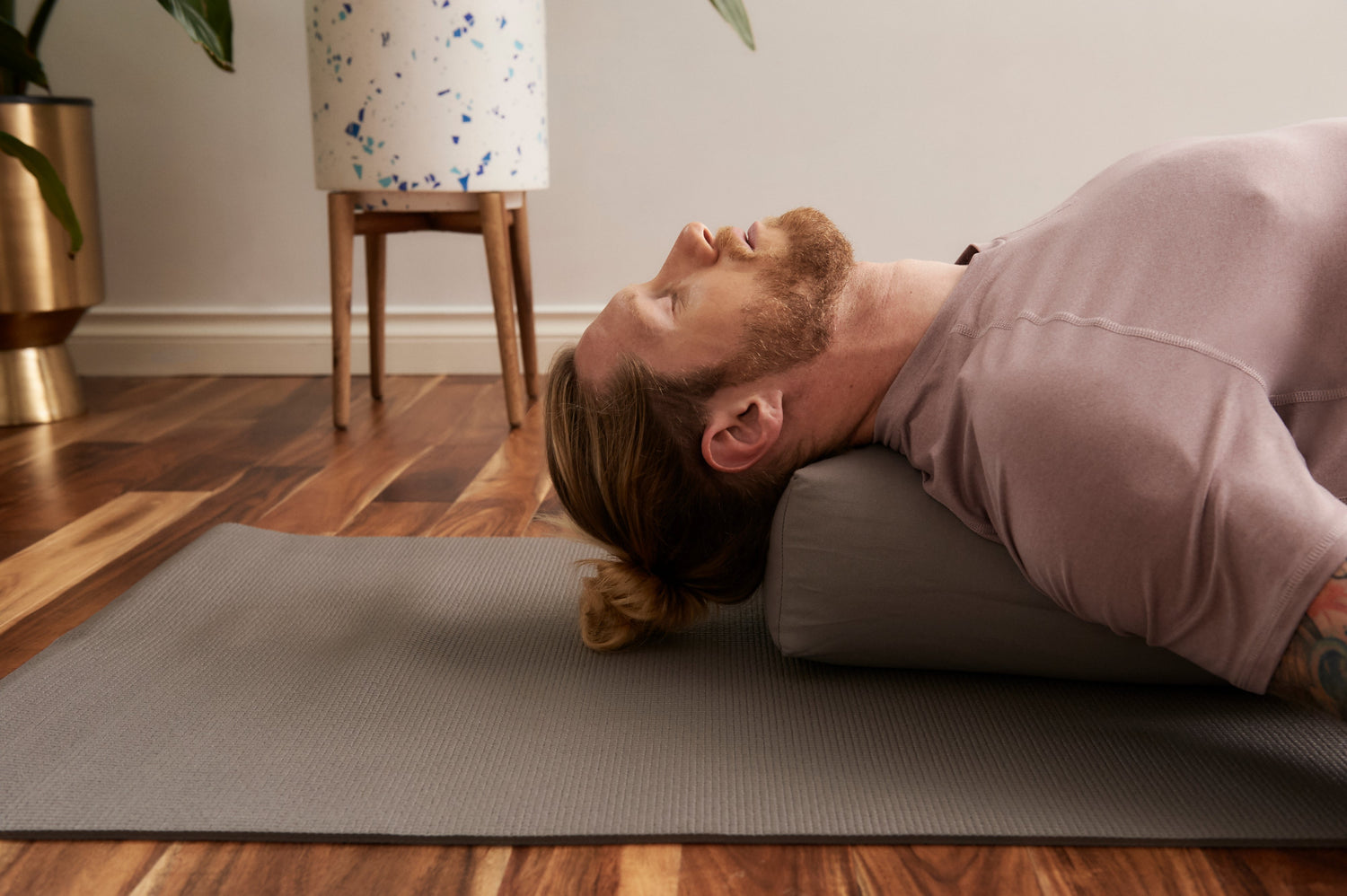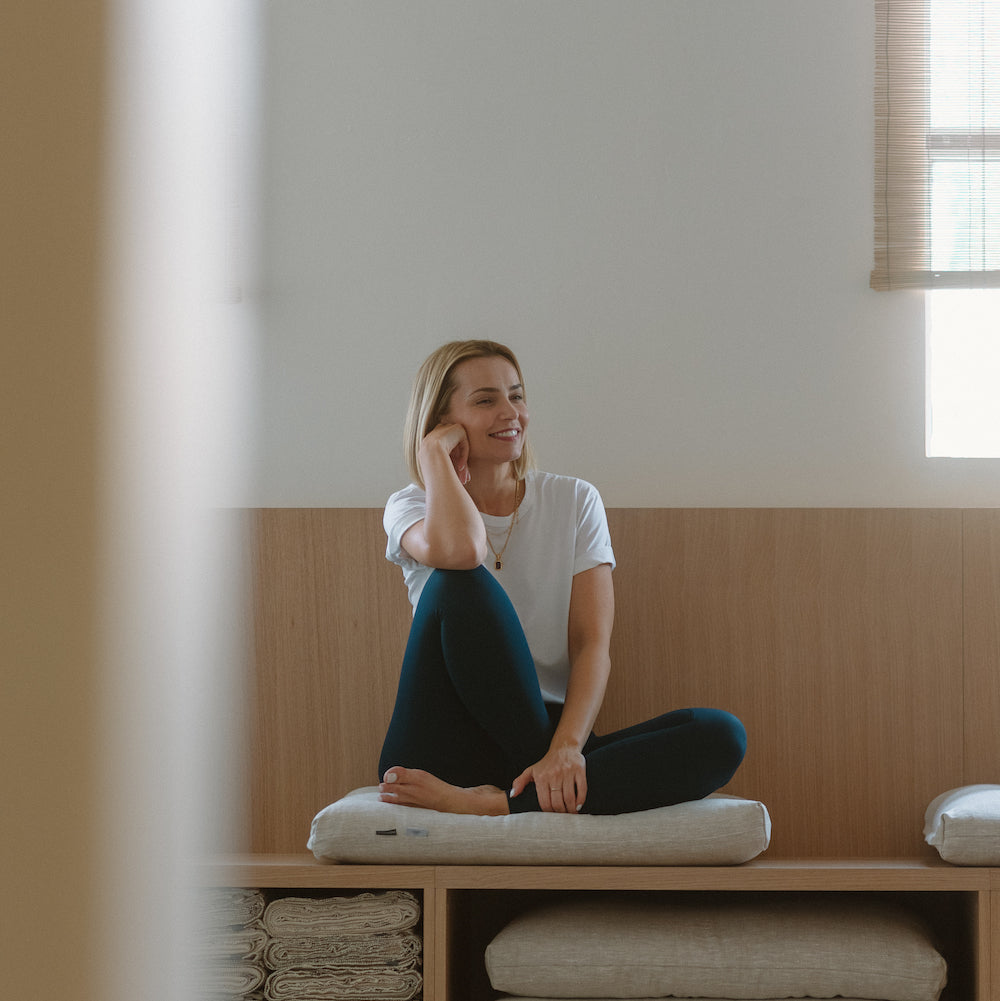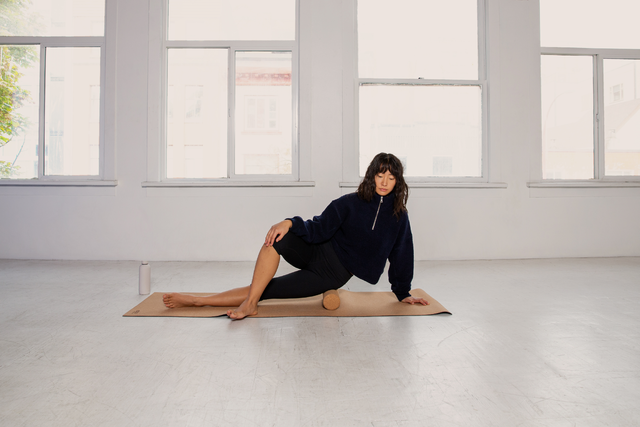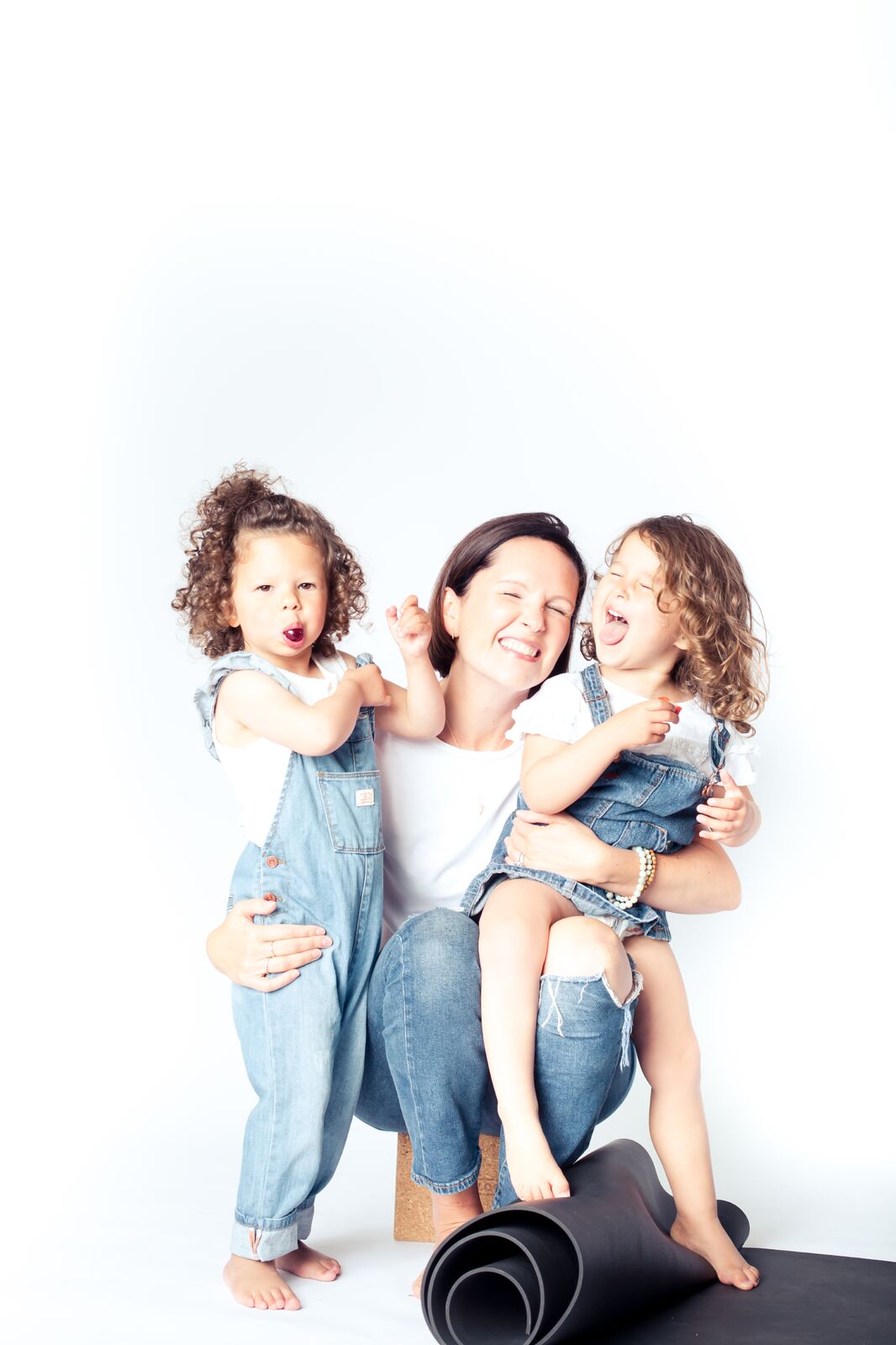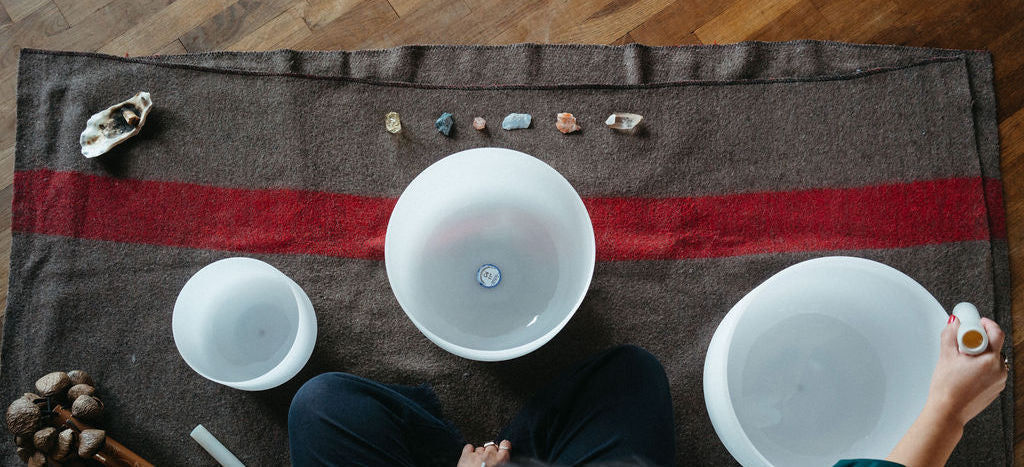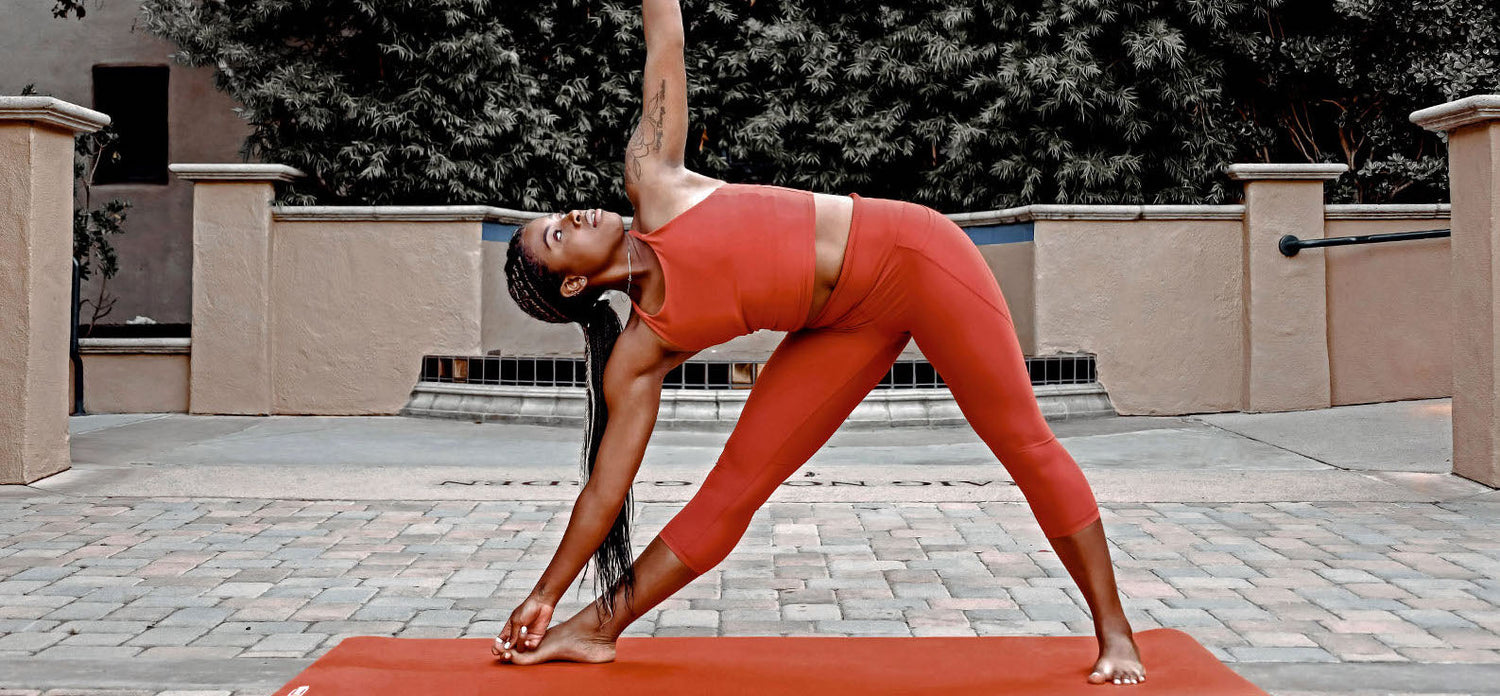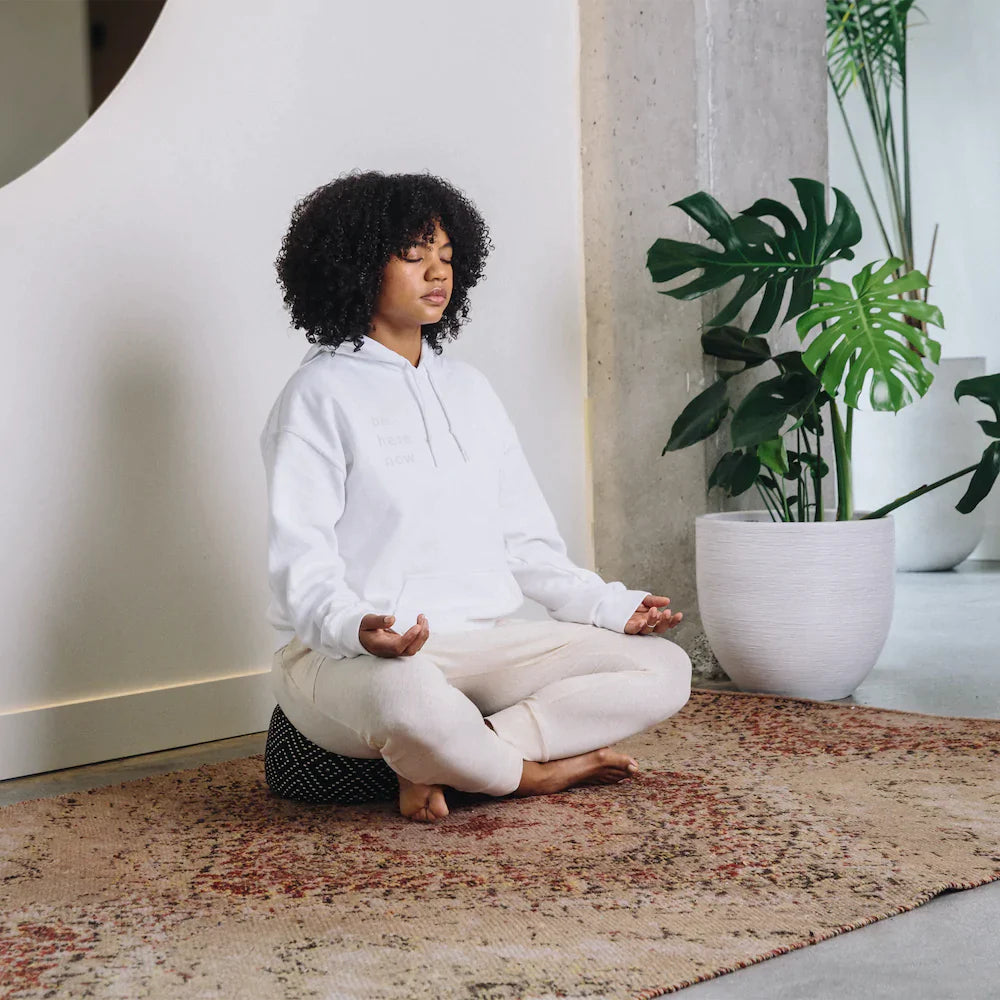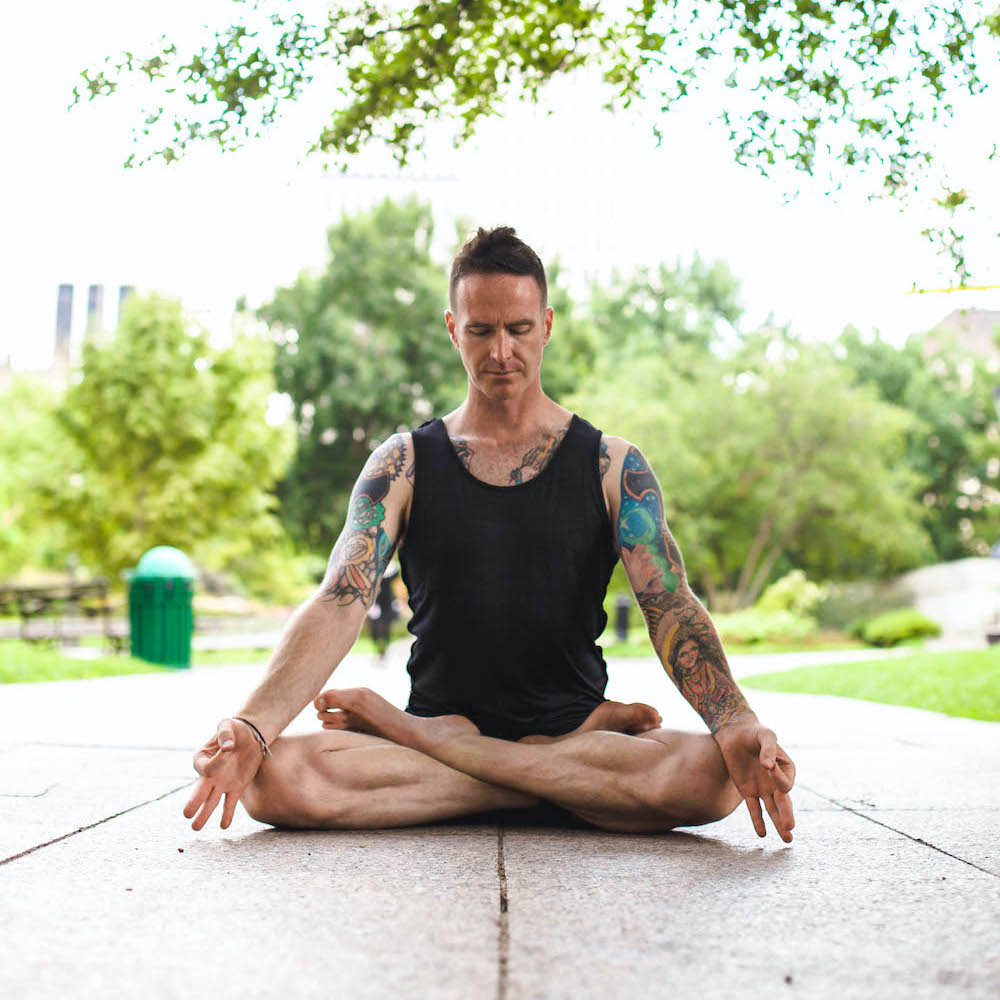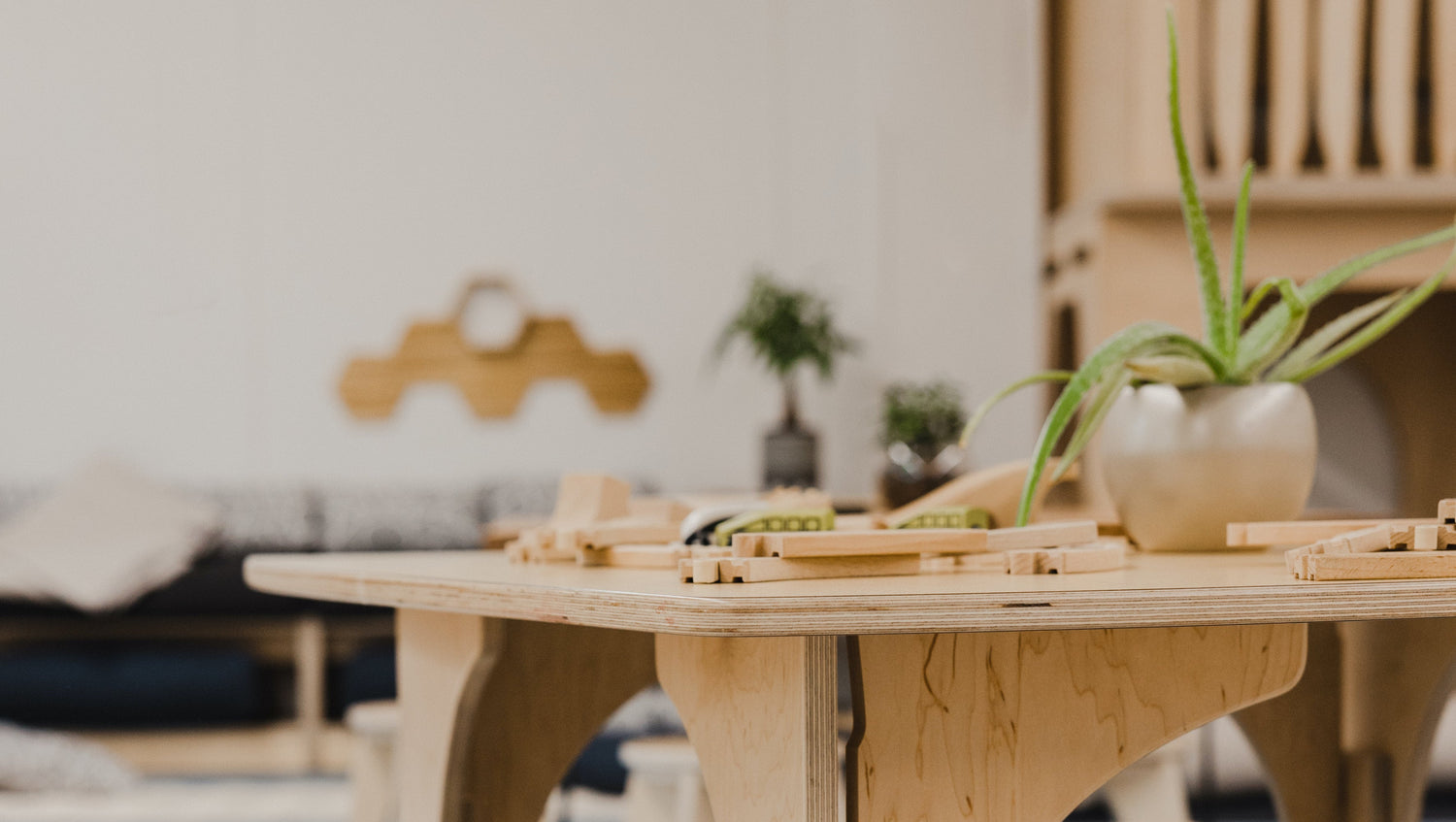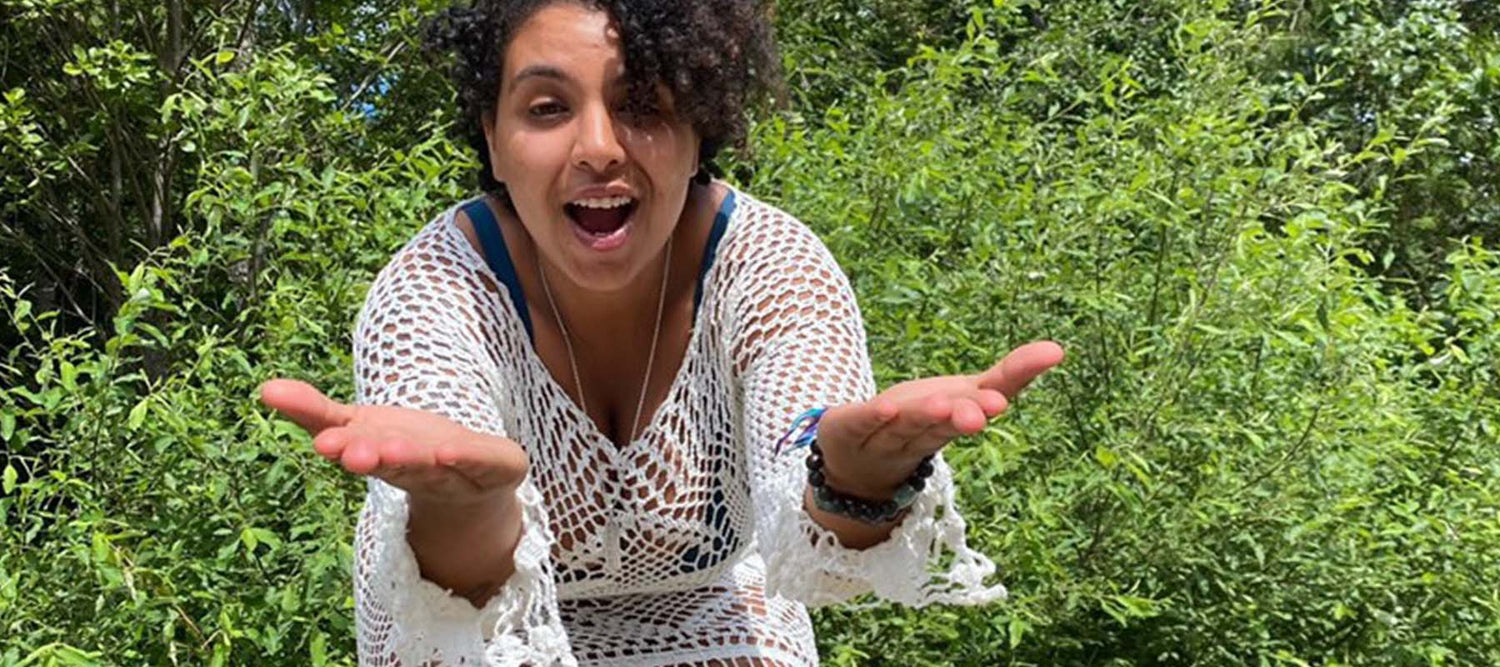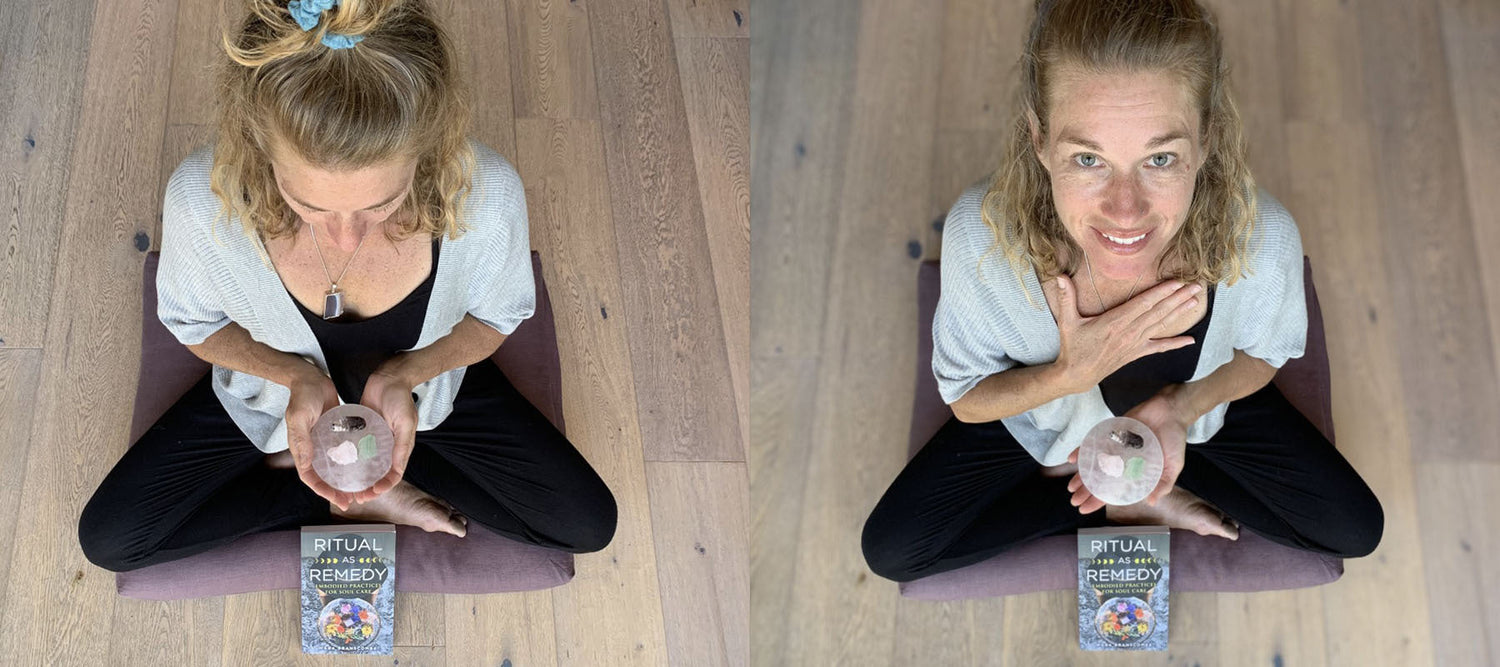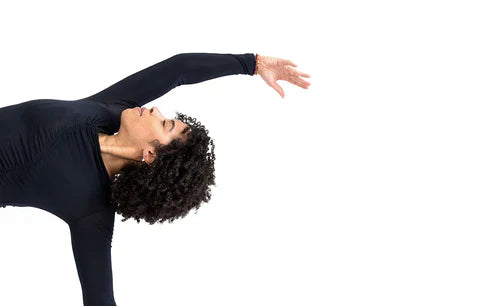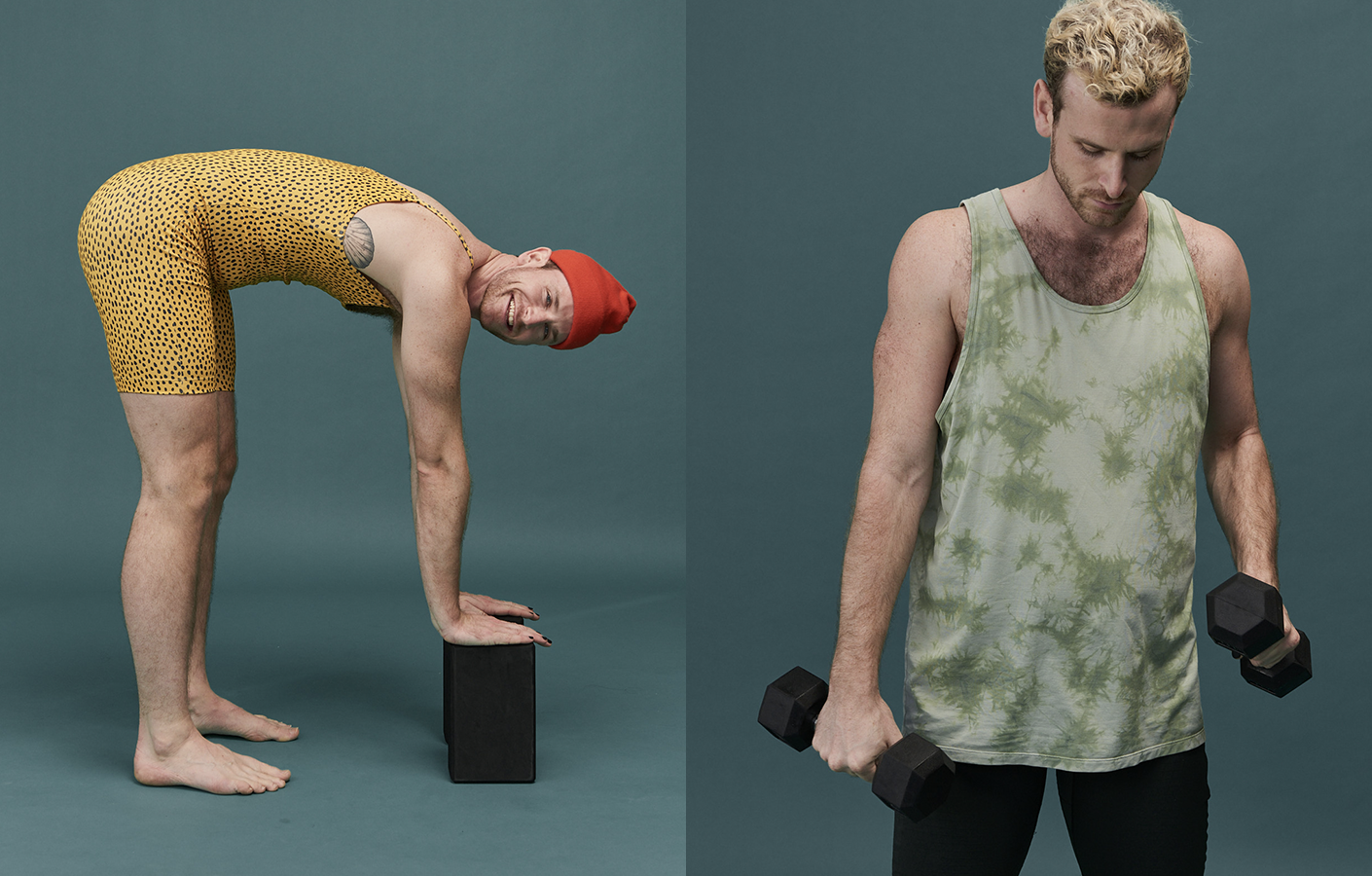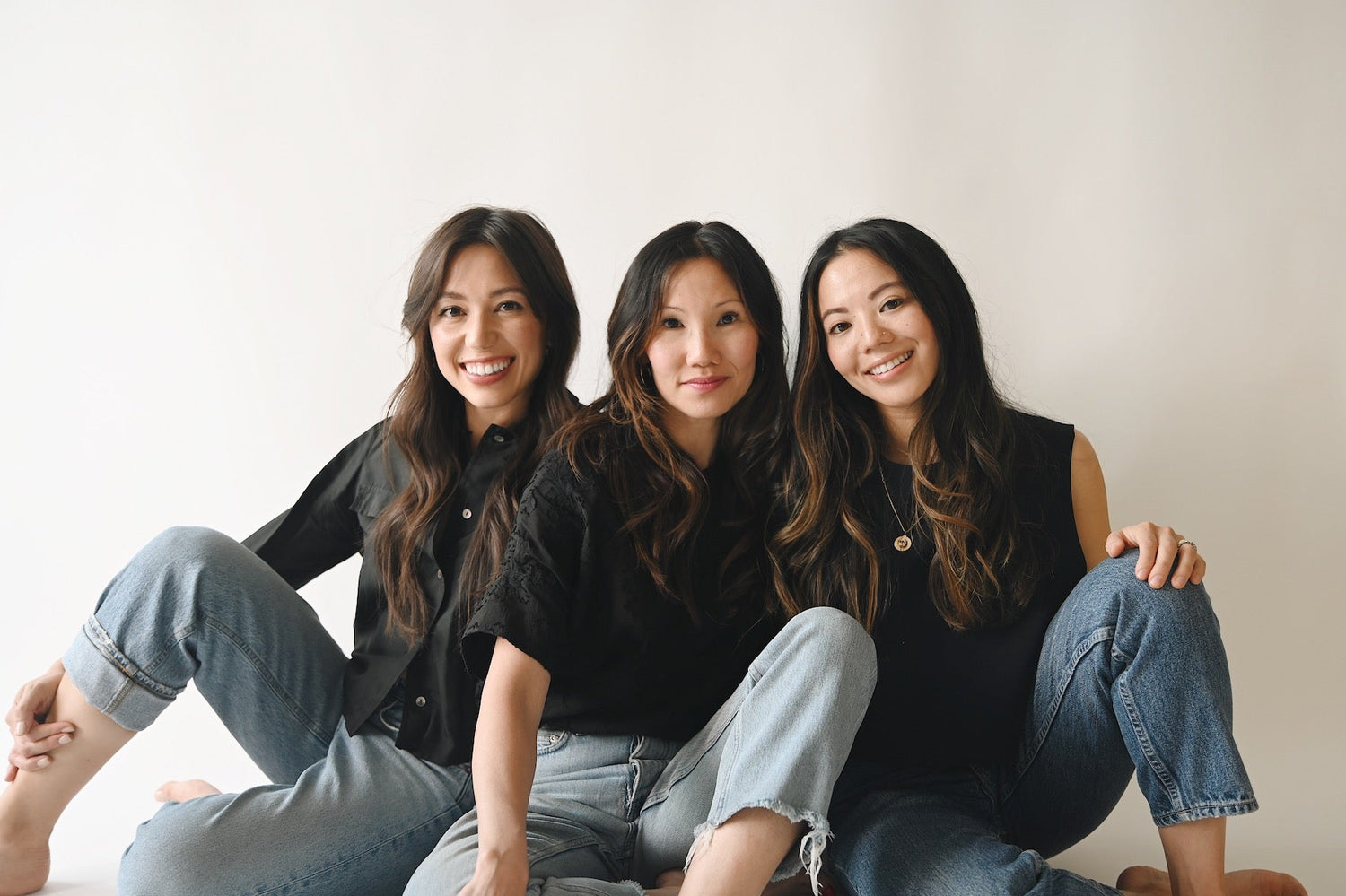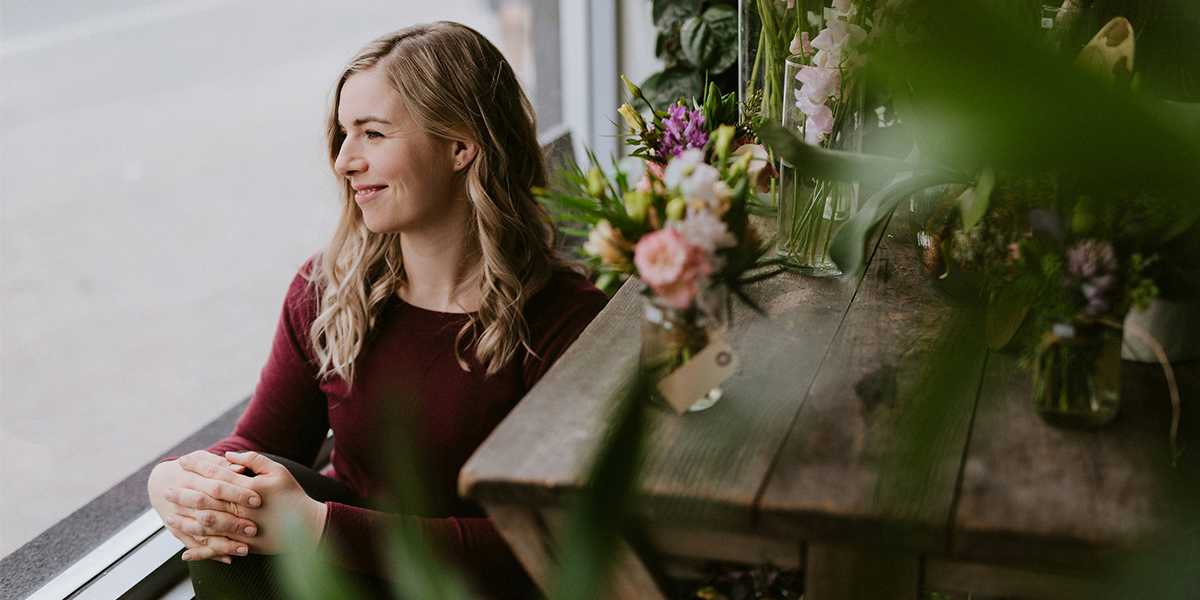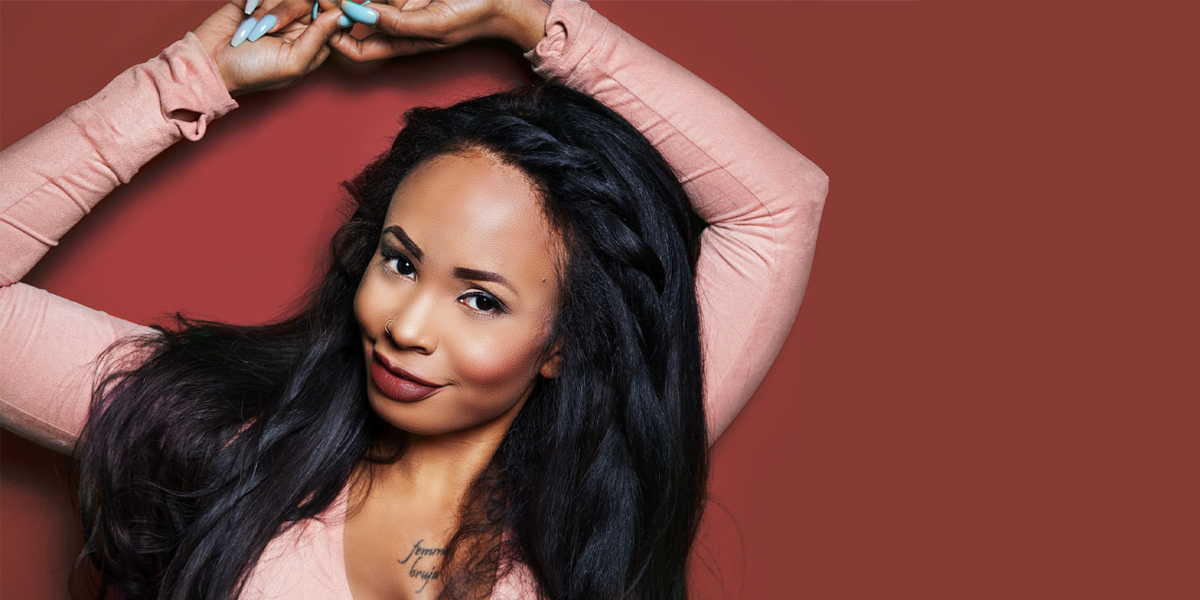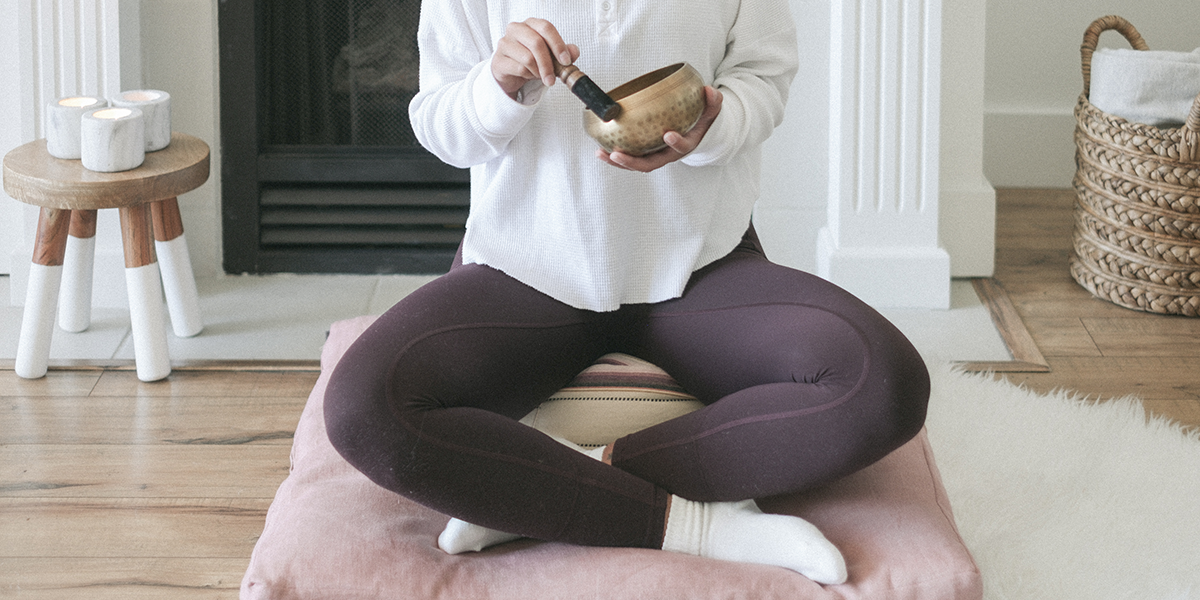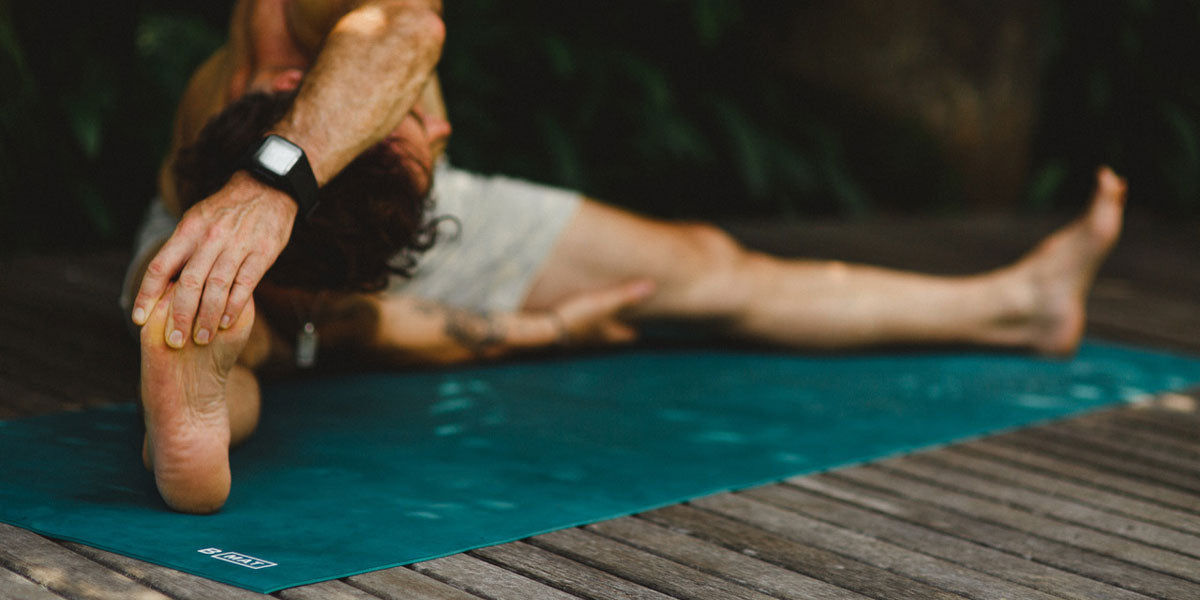Many people asked when I was lying in a hospital bed, ventilated with no movement below my neck, “What will you do now? How will you practice yoga?” Many of them, knew me as either their yoga teacher or a yoga pioneer and entrepreneur. I established one of the first Yoga Alliance 200hr teacher training programs in BC and the first yoga studio in my hometown Nelson, back in early 2000.
Truthfully, I didn’t really know what I would do myself. Except that I knew I would somehow continue to do yoga. Thankfully, long before my injury I had been blessed with the introduction to the philosophy of yoga scholar Patanjali and the Eight Limbs of Yoga (which he formally called Ashtanga Yoga) as codified a few thousand years ago in his text The Yoga Sutras.
This perspective prior to my paralysis came ironically from devoting myself to the physical practice of Ashtanga Vinyasa yoga, which is different than Patanjali’s Ashtanga (Ashta-eight, Ange-limb) Yoga. Although different in origin, I experienced them not necessarily different in essence. While doing a very intense physical practice I had to learn how to manage my newly activated non-physical energy. I did that through the Eight Limbs, which also led me to discover some aspects of all of our inherent energy anatomy, bandhas, pranayama and vayus. I knew this was significant, but I didn’t know how significant, nor the extent of what to do with this, just yet.
At the time of my injury in 2004, I felt assured that only one of the limbs of yoga, Asana, is concerned with practice of the physical postures. And that the other seven limbs were related to the theoretical management of our energy and the mind. What I didn’t know or have access to though, were the techniques, the tools, the practices. Fortunately, my continued study of yoga had also led me in 2001, to Yogarupa Rod Stryker, Tantra Master within the Sri Vidya lineage.
Tantra is the system within Hatha Yoga that looks at and deals with the intelligent and reverent management of energy. All of it from bandhas to kundalini to nadis, distractions to desire to thought, insomnia to enlightened sleep... everything. Physical to non-physical. This was great news for me, when all I could move was my breath, my head and my non-physical energy by way of thought, visualization and sound vibration. It was through this auspicious association, that I fully learned about our energy systems, and where the tools and techniques of Hatha Yoga really came to life for me. So I was delighted, but not surprised, when I made unprecedented progress with my rehabilitation.
This is great news for all of us and an important perspective when we think about our individual practice. I used bandhas, pranayama, focused meditation, visualization and more to bring back body functions that would be unheard of with my diagnosis. With that in mind, how much of your practice do you devote to managing your energy, your nervous system, your breath, your thoughts? How much do you factor in awareness or utilization of the bandhas, the chakras, Pranayama, Mantra, the koshas, the kriyas, the vayus—all of which contribute to the movement of energy in your being, especially during practice?
Knowing that your Asana practice can include all eight limbs, combined through these varied energetic tools, offers all of us—no matter where you may be at physically—the tall juicy carrots of yoga. We are energy beings! As such, these tools and techniques provide important options that everybody can access, to create a practice that is a whole system and not merely a fragment or a part, of what yoga has to offer.
Truthfully the scope of knowledge of the ancients is extensive, and something I’ll likely study for lifetimes. For now, let’s take a brief look at how you can develop your personal practice to be more complete by incorporating all eight limbs and engaging your full physical embodiment, tuning in to your own energetic capacity. You may be surprised to find a deeper integration and connection physically, mentally and spiritually – the ultimate experience of yoga. Or you may be relieved to be able to practice with less of a physical focus, especially if that’s compromised.
One of my favourite poses, both before and after my injury, is Seated Forward Fold, Pachimottanasna - Intense Stretch to the West. It doesn’t qualify as my favourite because it is easy, but rather because it takes me to the depths of my being, physically and mentally, and provides the foundation for unfoldment (paradoxically) as we fold into our self.
This posture, and the experience of it, is explored both functionally and symbolically by the late Swami Sivananda Radha in her insightful book, Hatha Yoga – The Hidden Language. In the early days, I could only do my physical practice in bed with many, many bolsters to hold me up. Getting past the paralysis and the “big hump” in my back speaks to the Yama limb Aparigraha (non attachment) and the hidden language of the posture as described by Swami Radha: “Before one can fold with a straight spine, there is often a big hump, an obstacle that one has to get over in life. Only then is the surrender complete enough to make one receptive. Only then are the body, emotions, and mind strong enough to accept the insecurity of limited vision.”
Radha goes on to list the physical and nonphysical attributes and challenges of this posture: “Folded into halves, limited vision, opposites, surrender, softening and expansion, limitations, acceptance, secure holding, patience, spine consciousness, big hump, obstacle, receptive, insecurity, non- duality, center point, humility, the beginning of movement, inspiration, awe, wonder.” She also addresses the necessity, due to the intensity, to trust in the innate divine nature. I have found that looking at our postures and practices in this way, opens up the very awe and possibility that she speaks to.
So let’s bring ancient wisdom to our modern practice in the profoundly simple, Seated Forward Fold. Please consider using bolsters like I recommend here, even if you’re not accustomed to doing so.
- To begin, place a block or meditation cushion underneath your hips. This will help to address the attachment origin of the hamstring muscle (back of the thigh) which is so tight on most of us.
- Place a long prana bolster, or roll a towel, under your knees. The idea being, to get as much activation of the quadricep muscle as you push the back of the knee down into the support of the bolster, that antagonist muscular action serves to stretch the hamstrings at the back of the leg.
- Place a small bolster between your thighs and your belly. This will help to encourage the engagement of mula bandha (the root lock) which also correlates to the first chakra Mulahdhara
- Once you have yourself set-up, grab a yoga strap and place it under the broadest part of your foot around the toe mounds, below the roots of your toes and before your arch.
- Even if you may not need to, start by grabbing a strap and bring it around your feet and up to your hands, holding it so that you keep your elbow slightly bent and close to your ribs. This helps to engage with Pada (feet) Bandha and Mula Bandha above it at the pelvic basin.
- Using Ujayi breath, inhale and extend the spine keeping the elbows at the ribs as you exhale and come halfway forward. Empty all the breath out as you bring yourself closer to your thighs. Sustain that empty belly on the exhale with retention and squeeze the perineal muscle upward toward your empty belly, then bring your navel back towards your spine before you relax the belly to take your next inhale. You should feel a deep connection into your core, remembering that mullah and udiyana bandha help to activate the bottom three chakras.
- Take your next inhale drawing breath deep into the throat, stay in the forward position, and at the end of the inhale as you begin your exhale, engage bandhas once again at the perineal muscle, squeezing it upward toward the navel, bringing navel back to spine.
- On your next exhale allow yourself to come all the way forward into a full expression of your forward fold. You should begin to feel that activation of the quadricep muscle, as you press your legs down, and as you pull your toes back towards you, further activating pada Bandha in the feet.
- As you surrender to the posture (I recommend holding for at least two minutes), you will begin to work with the breath, smoothing out your inhale and exhale, and ideally lengthening the exhale as you continue to release the muscles all the way along the back line of your body.
- Bring as much mindfulness as you can into the process of surrender, letting go to the ground, folding into the inner universe of yourself, bringing the upper and lower body together. Tune into the equal distribution of energy via the breath and bandha system as you also engage Apana Vayu to contain Prana in the spine activating the lower three chakras. Sense withdrawal, one of the eight limbs (Pratyahara) becomes very accessible in this posture where our visual field is limited to looking down into oneself. Utilize that perspective and visualize your inhale coming in through the crown of your head and down the central channel of your spine to the base of your body at moola bandha. Continue to pay attention and cultivate increased circulation of the whole central channel of your spine, bathing the chakras with vibratory prana and clear intention.
- Tuning into breath again, begin to close the pose down. Visualize the breath coming in through the centre of the brow, and back to your midbrain and then down into your heart, radiating the intelligence of your midbrain (Viganamaya Kosha) pineal gland into the wisdom of the heart (Anahata Chakra). Breathing into your heart this way for a number of gentle, effortless breaths. Complete your posture, and perhaps notice your whole global body as connected, fluid and energized.
On January 25, 2004, Mary-Jo Fetterly had a skiing accident that crushed her C4, C5 and C6 vertebrae, leaving her paralyzed from the neck down. She was diagnosed with Quadriplegia-complete, a “worst-case diagnosis” predicted by doctors. Her journey back to health while coping with her new situation defied odds – She has experienced a miraculous recovery due to hard work, faith, knowledge, insight, determination, Yoga and strong-willed optimism. She has transformed injury into inquiry; her passion is looking directly into “disability” to uncover the “ability”.
Shop Mary-Jo's recommended bolsters here.
